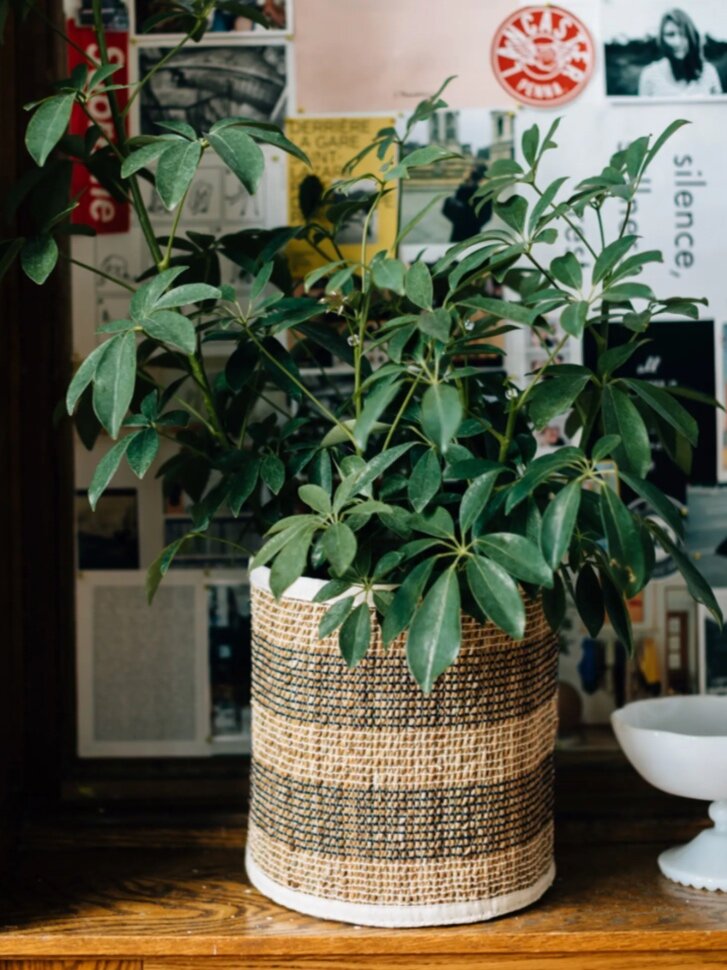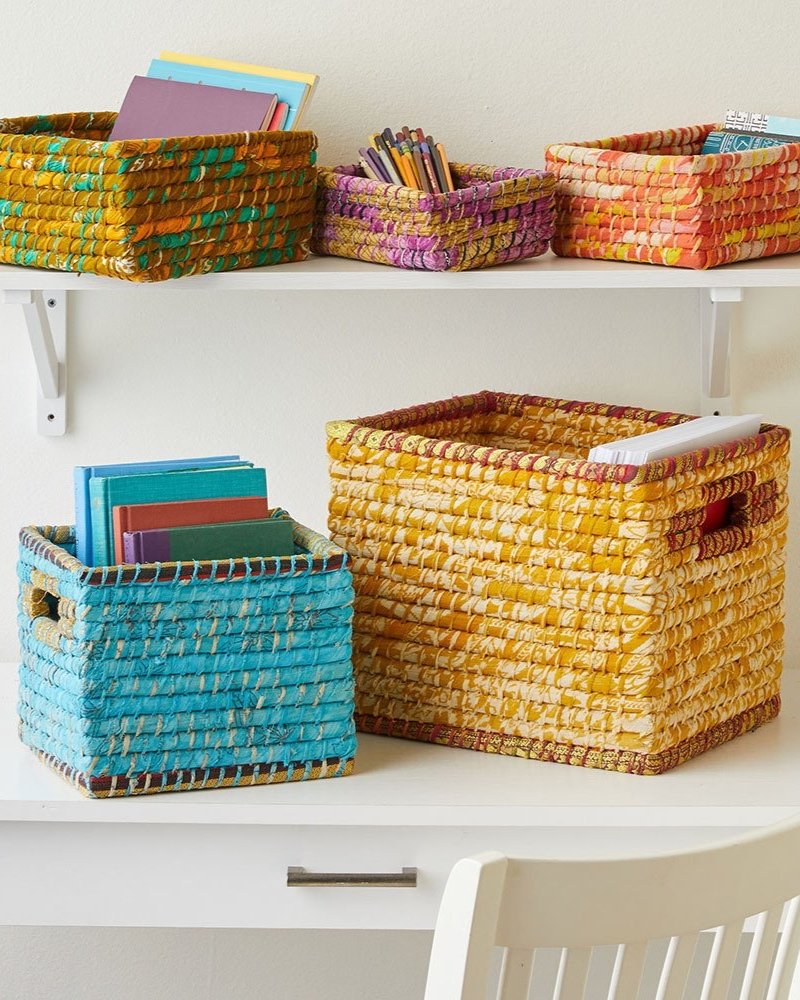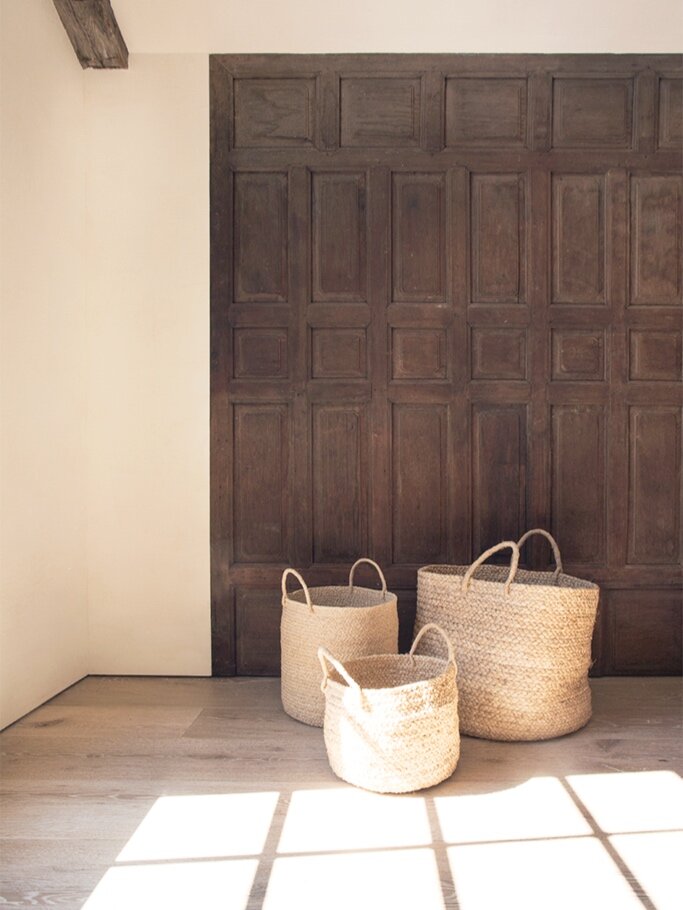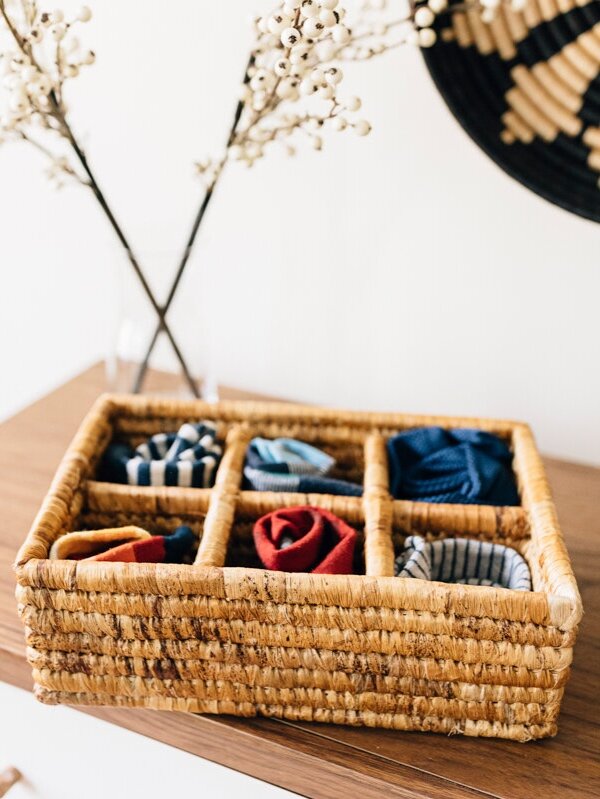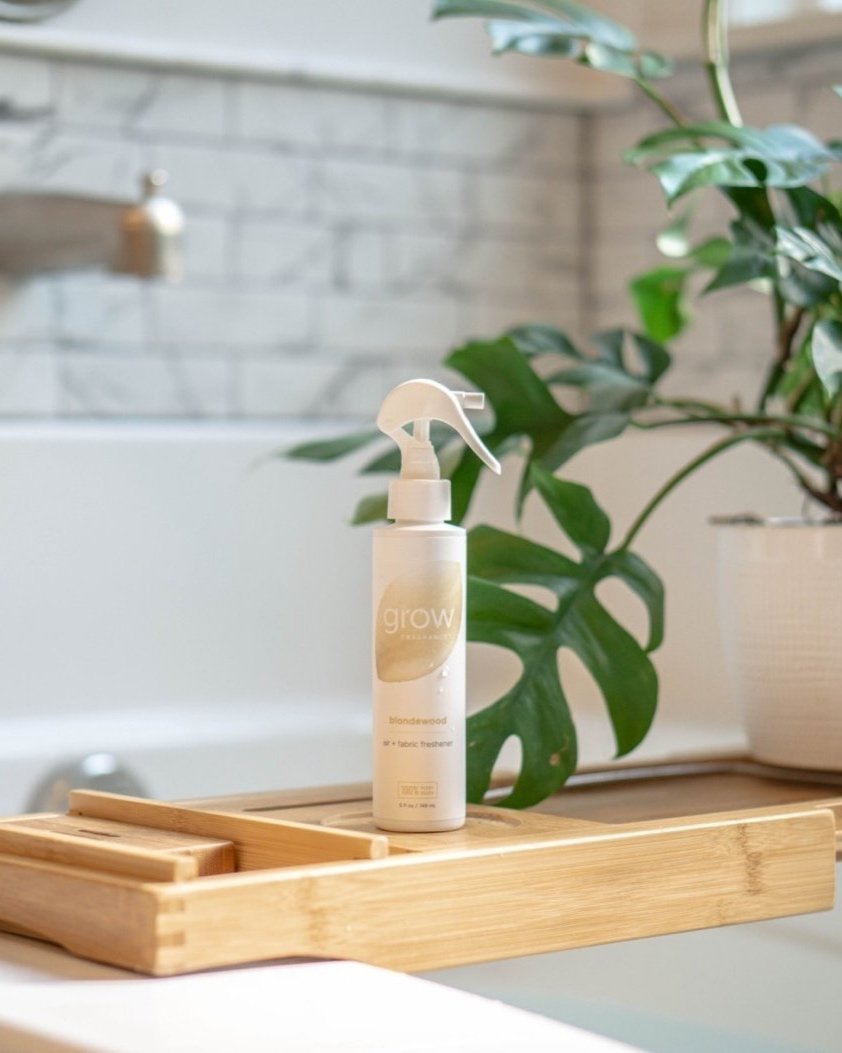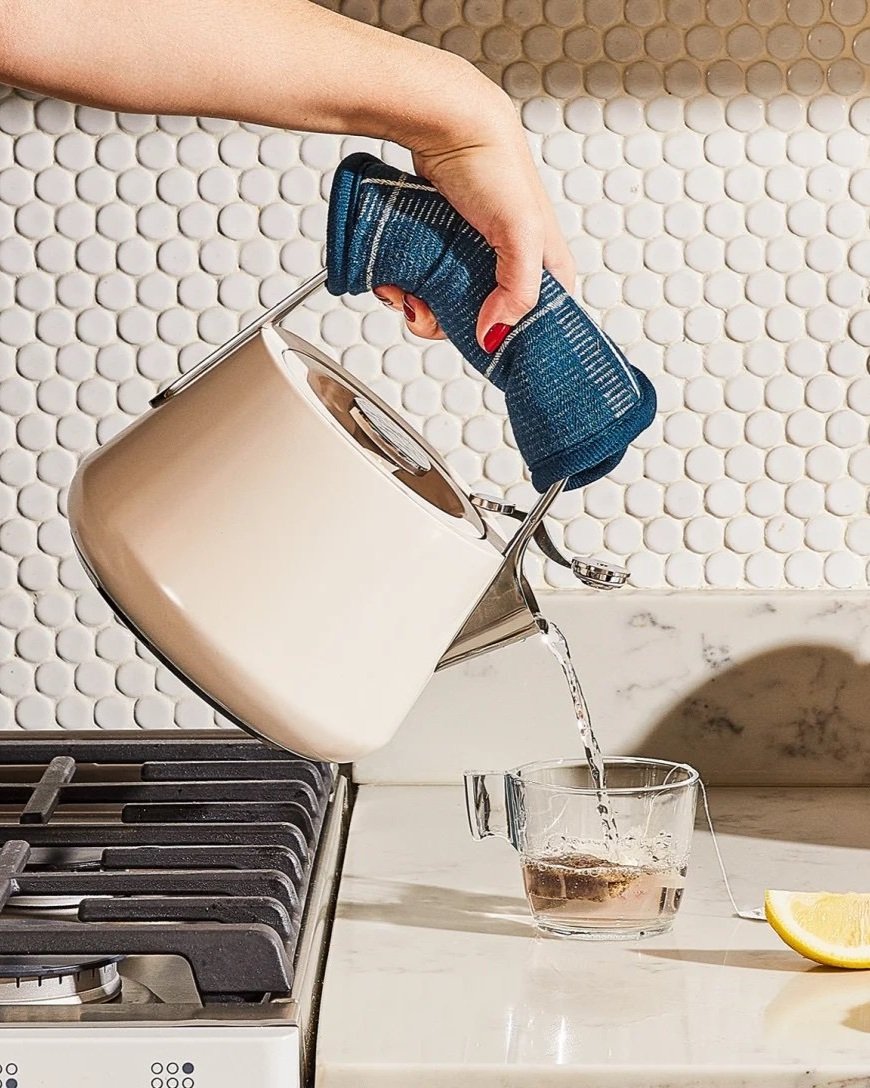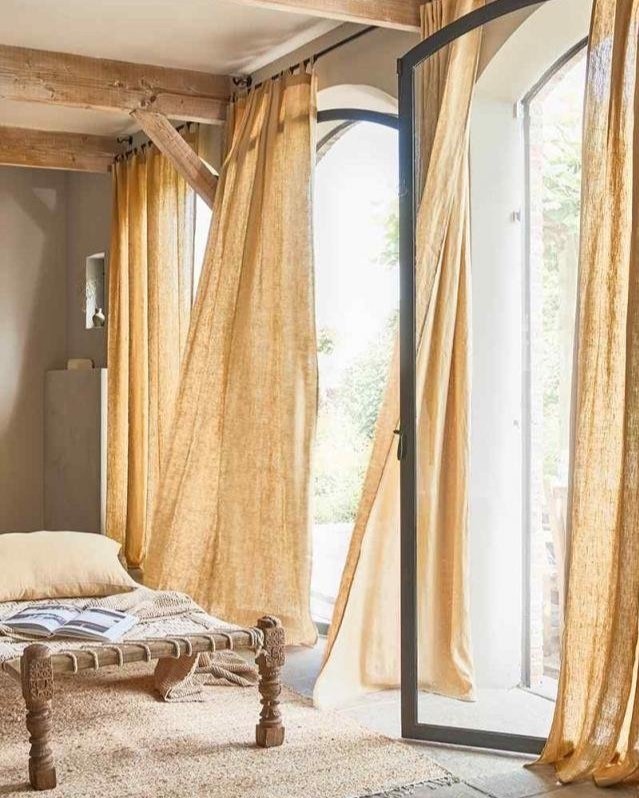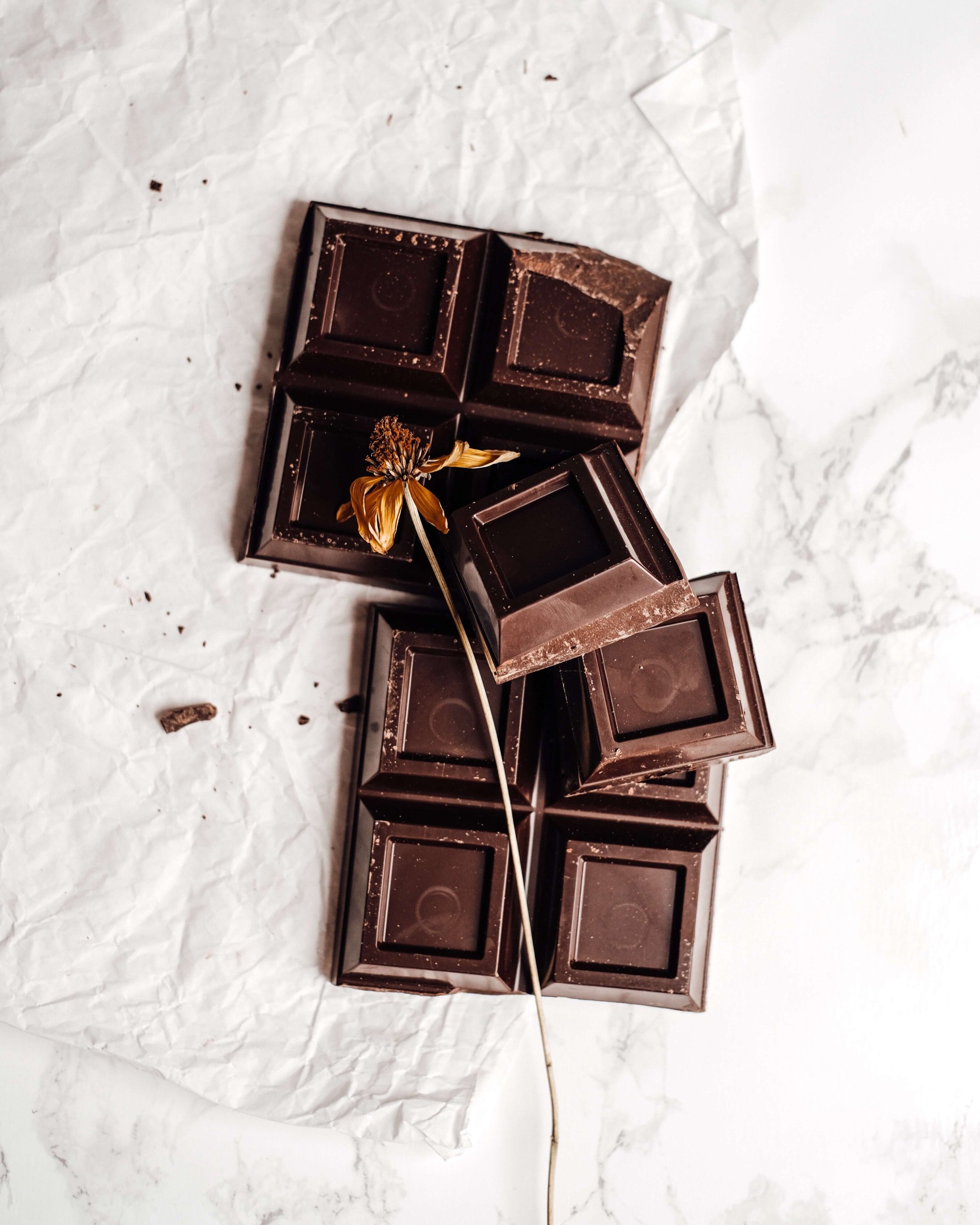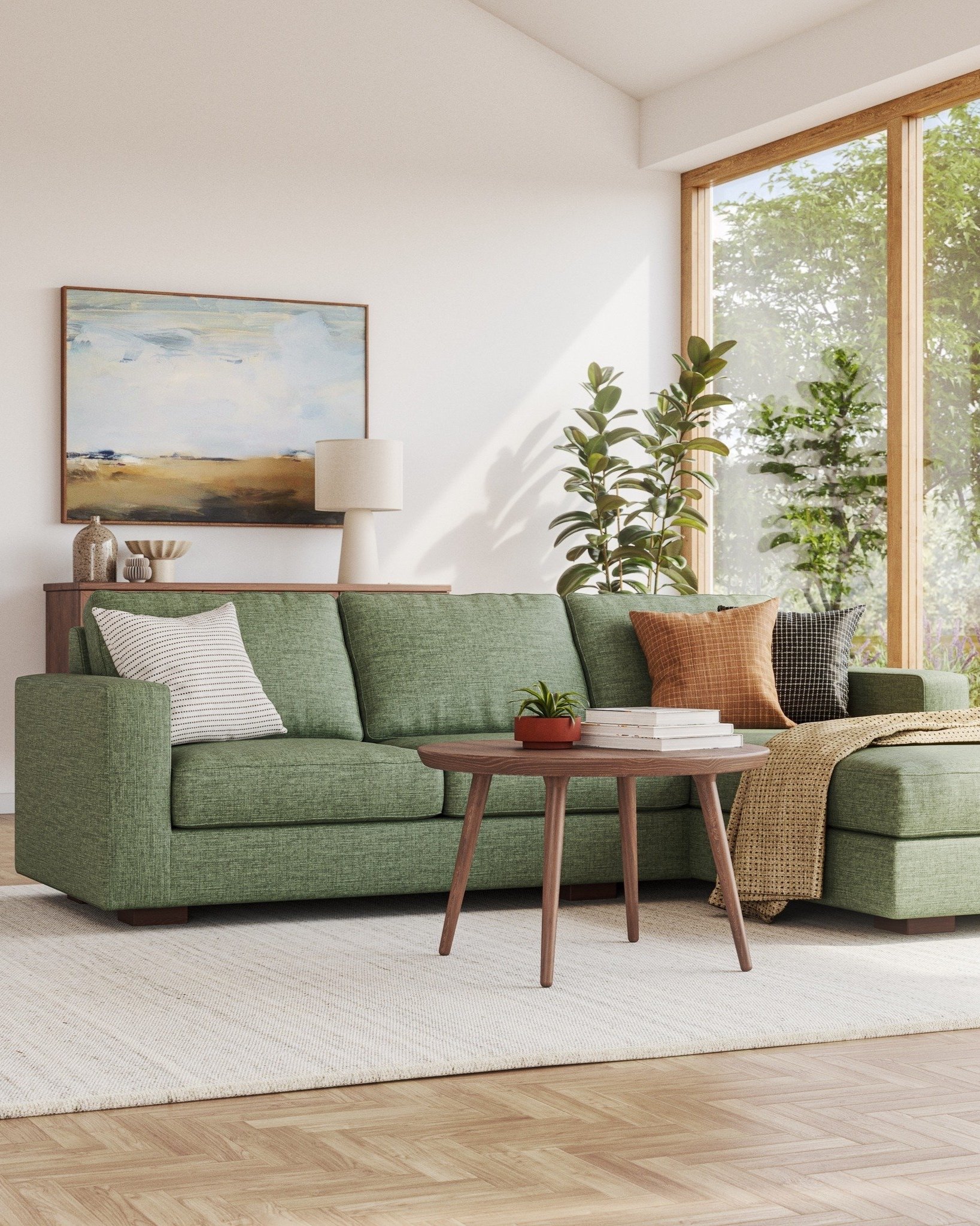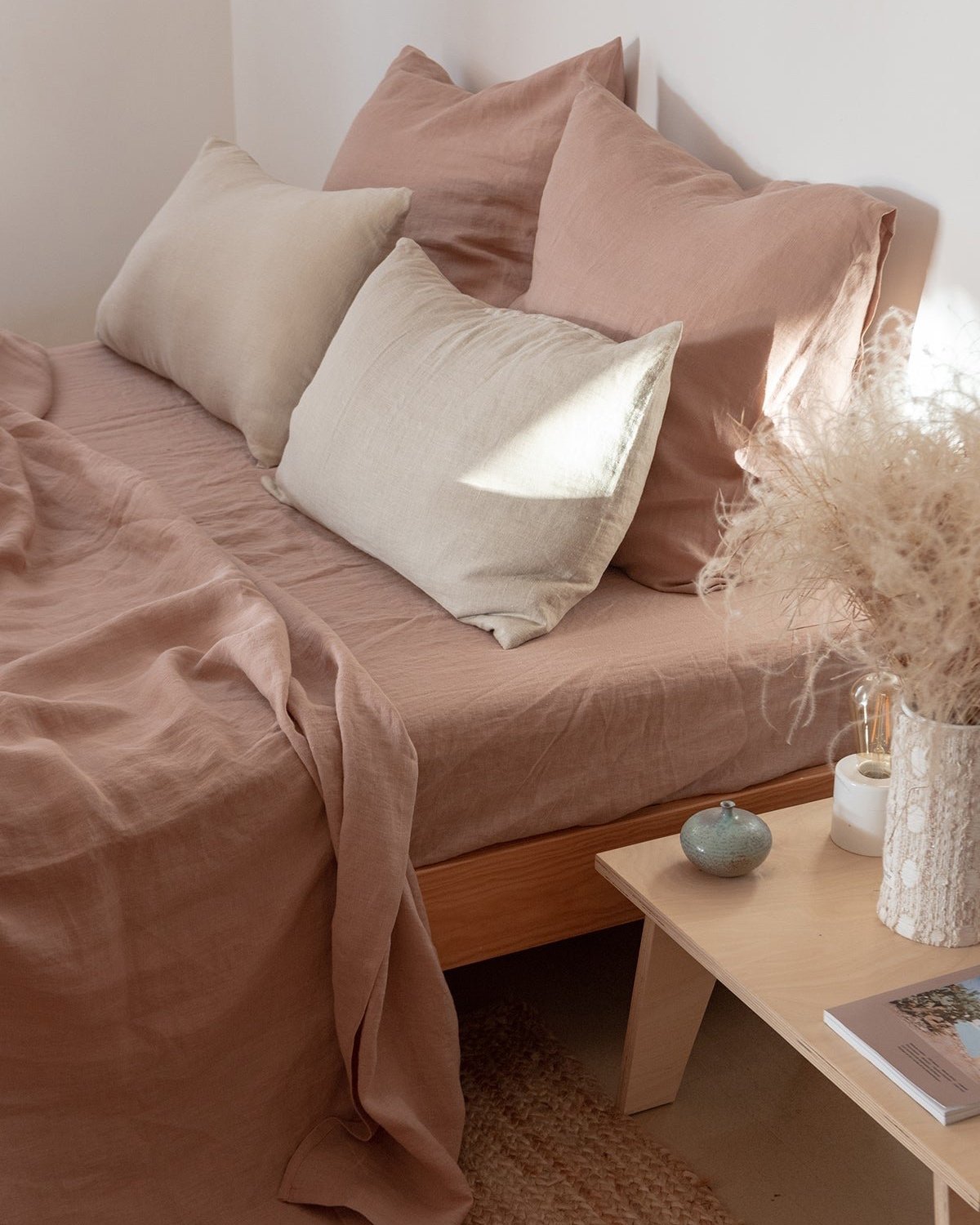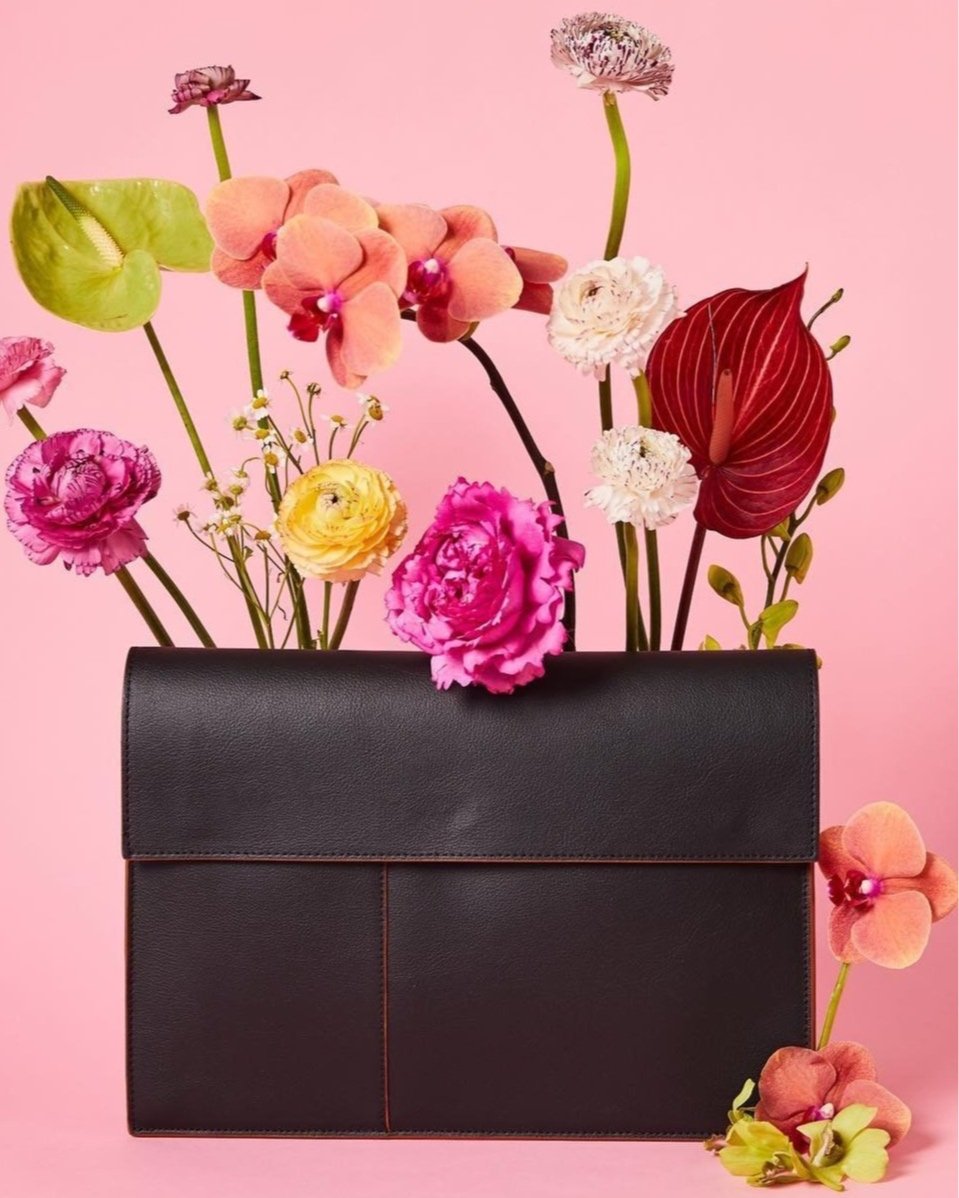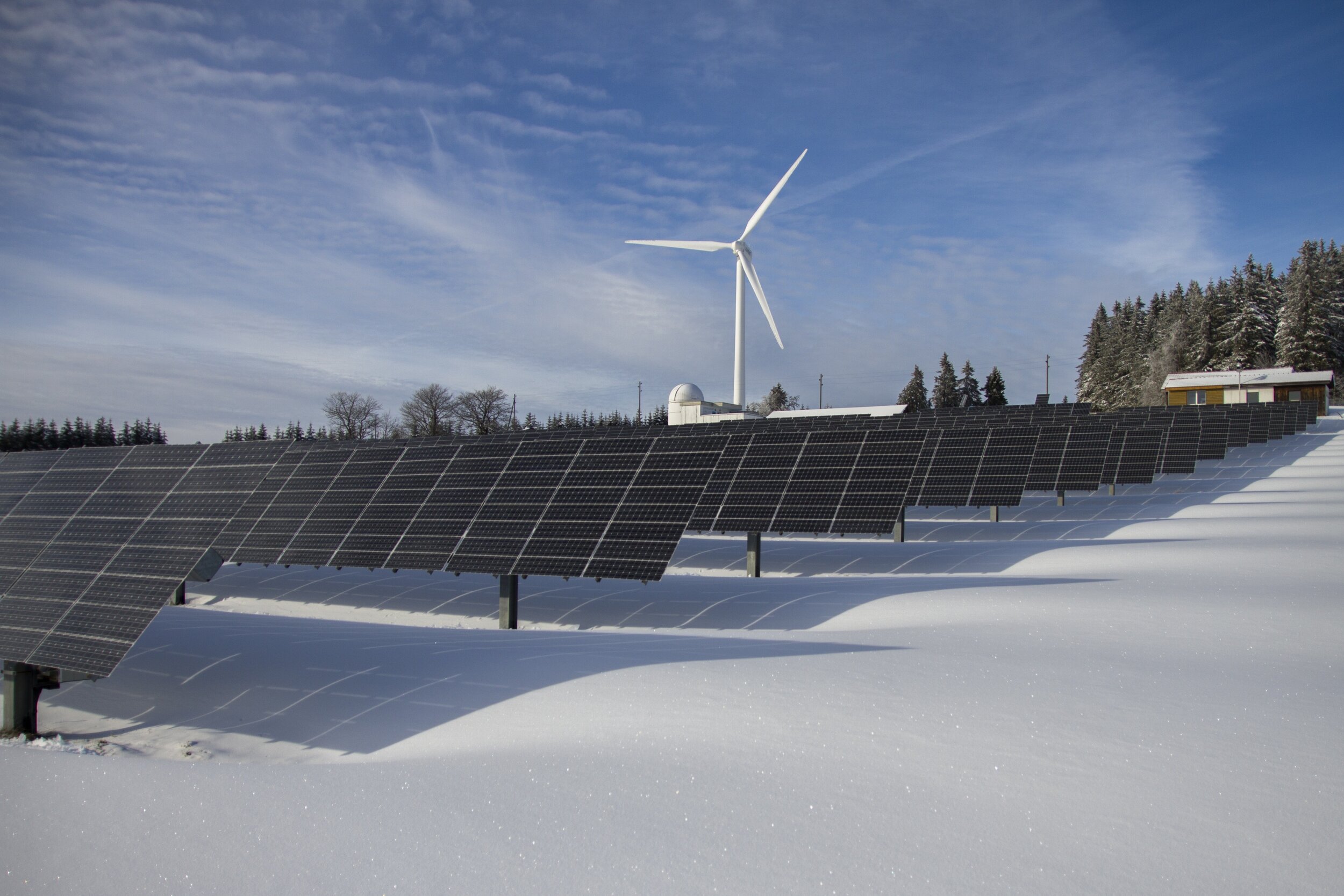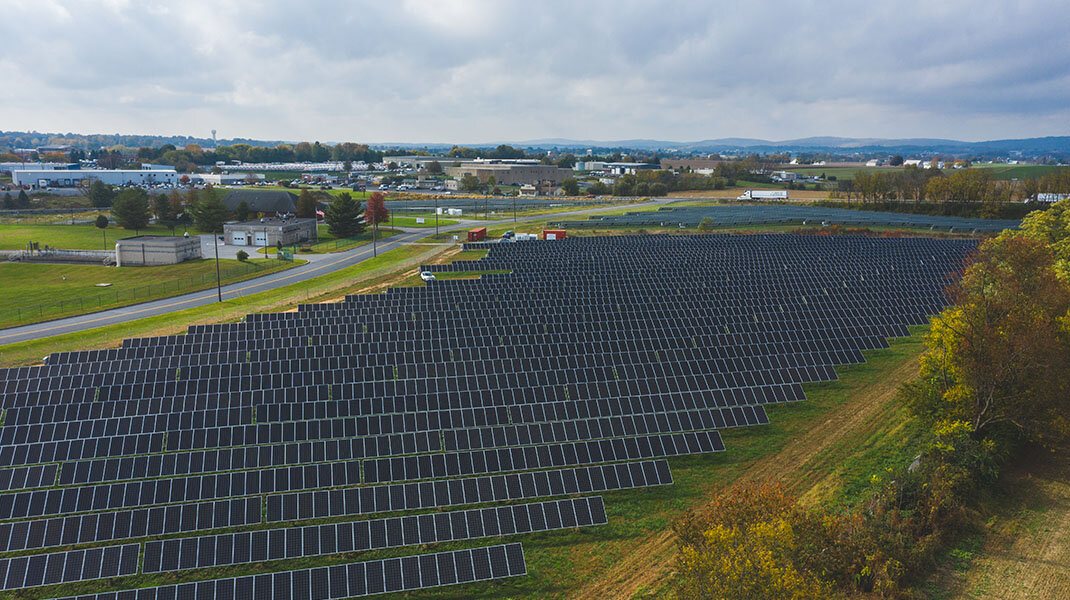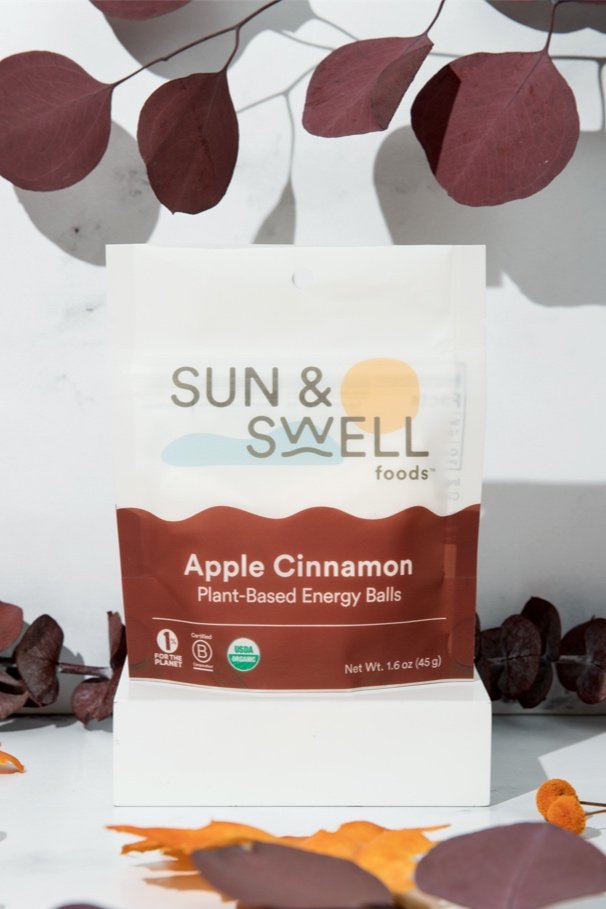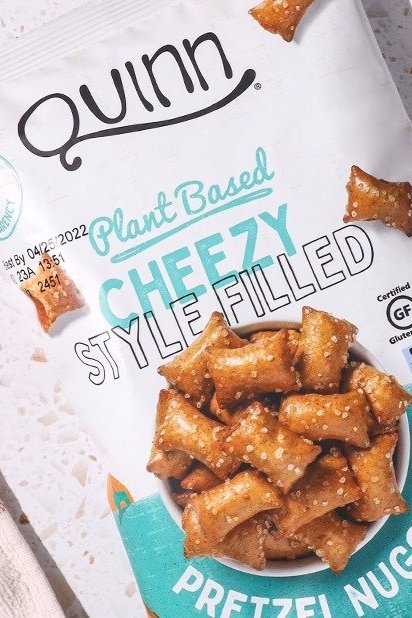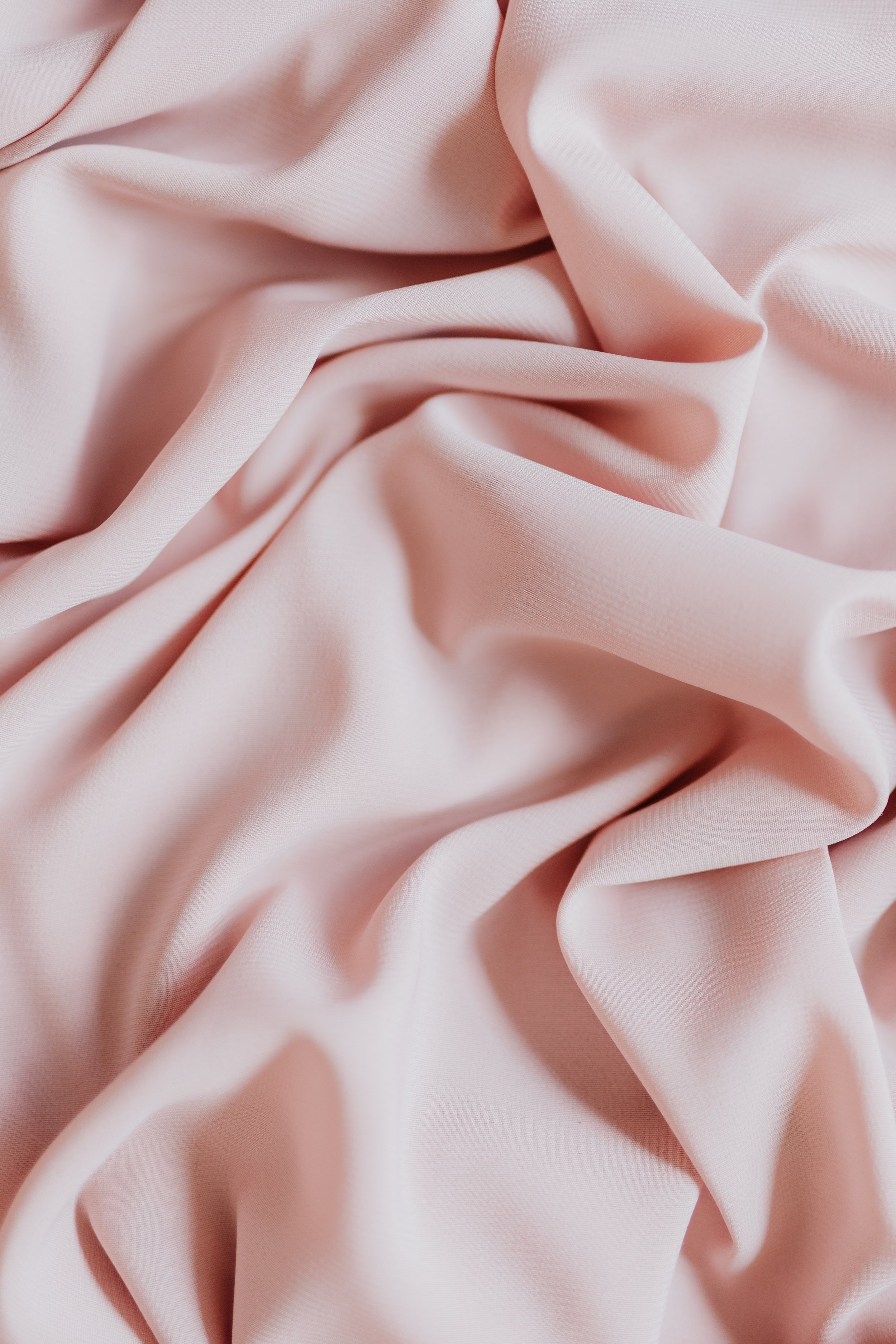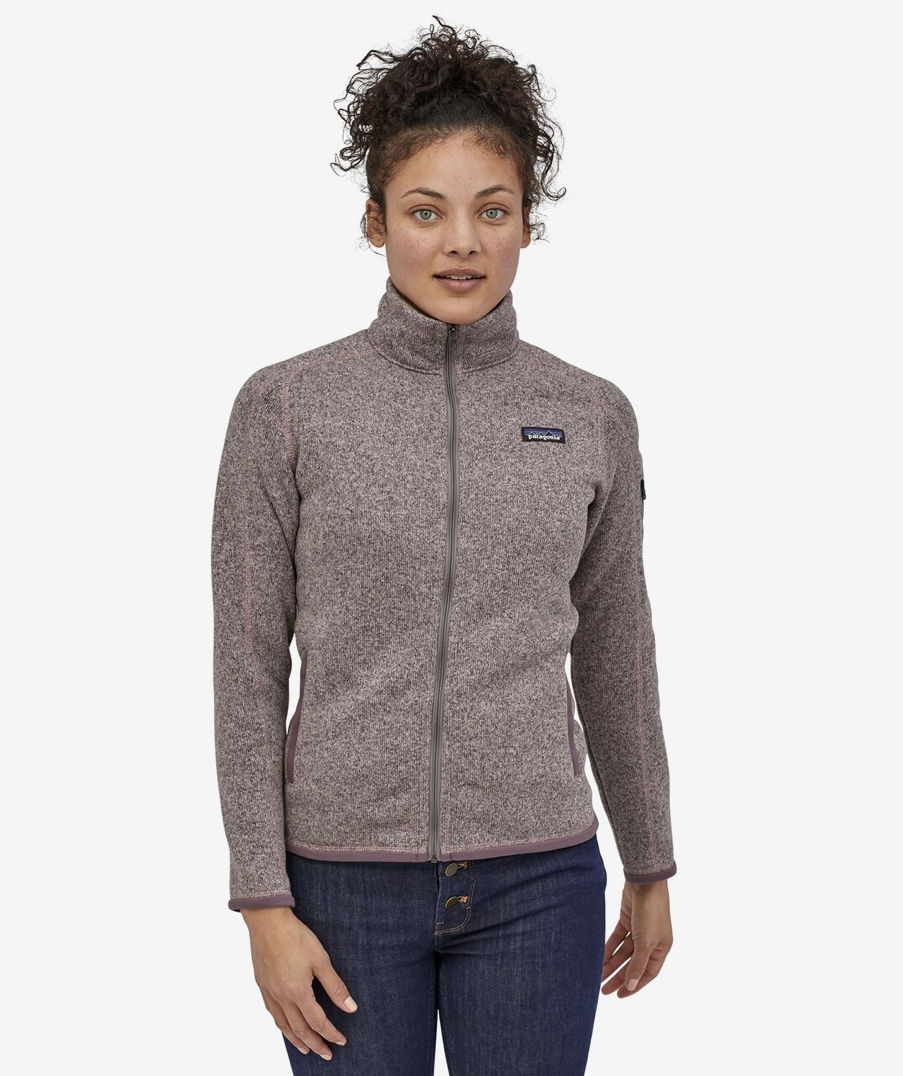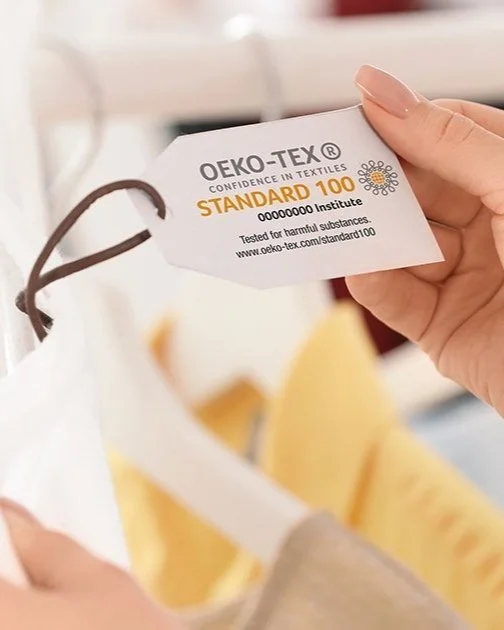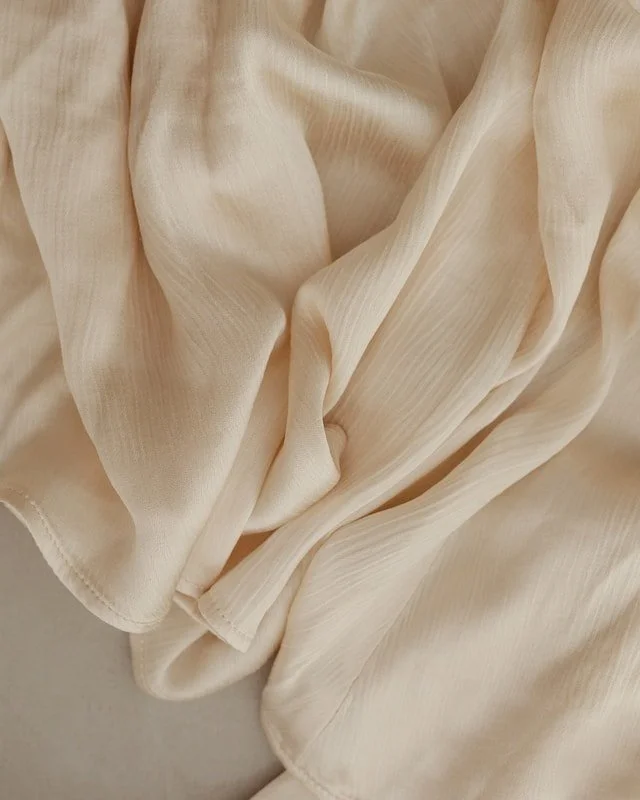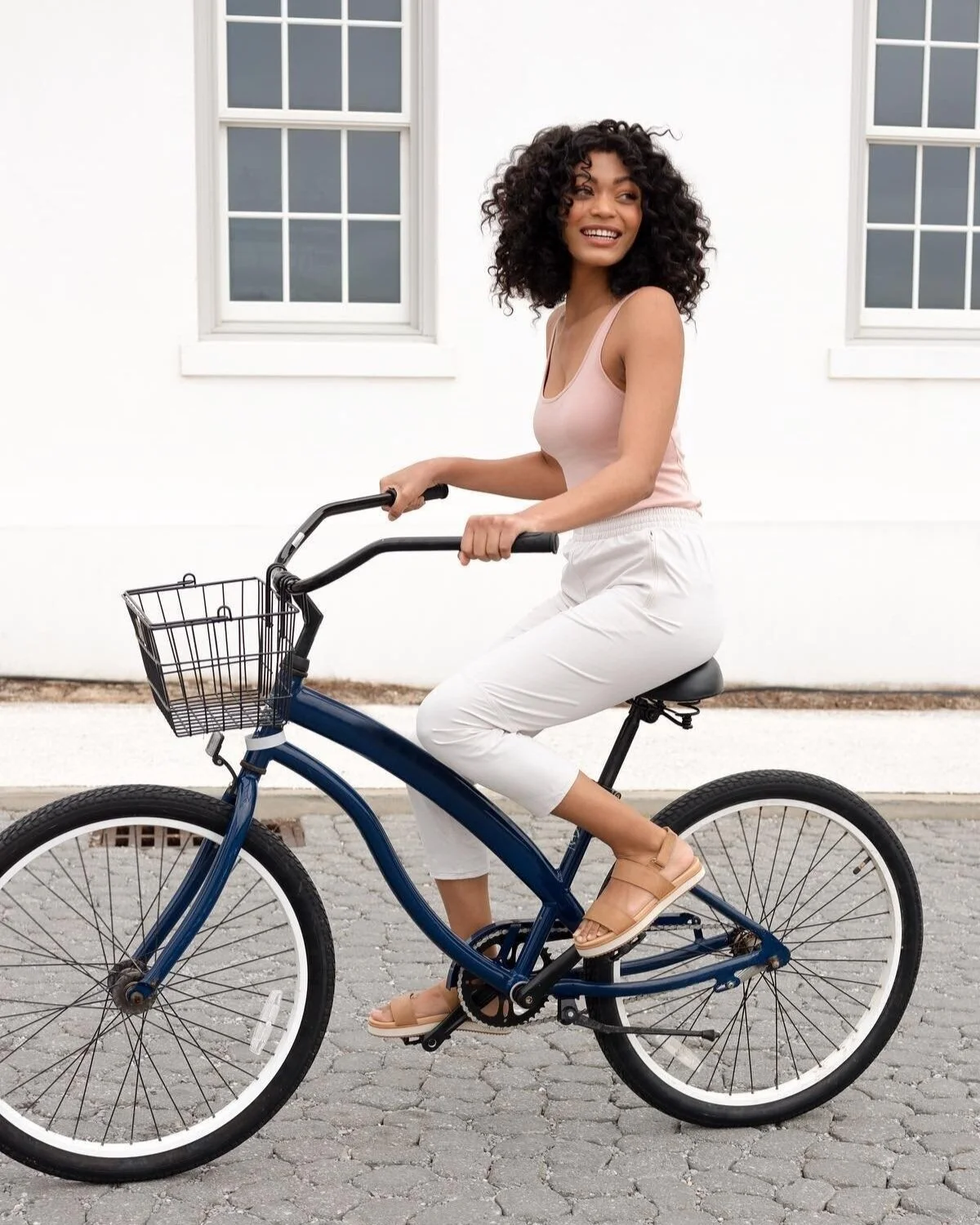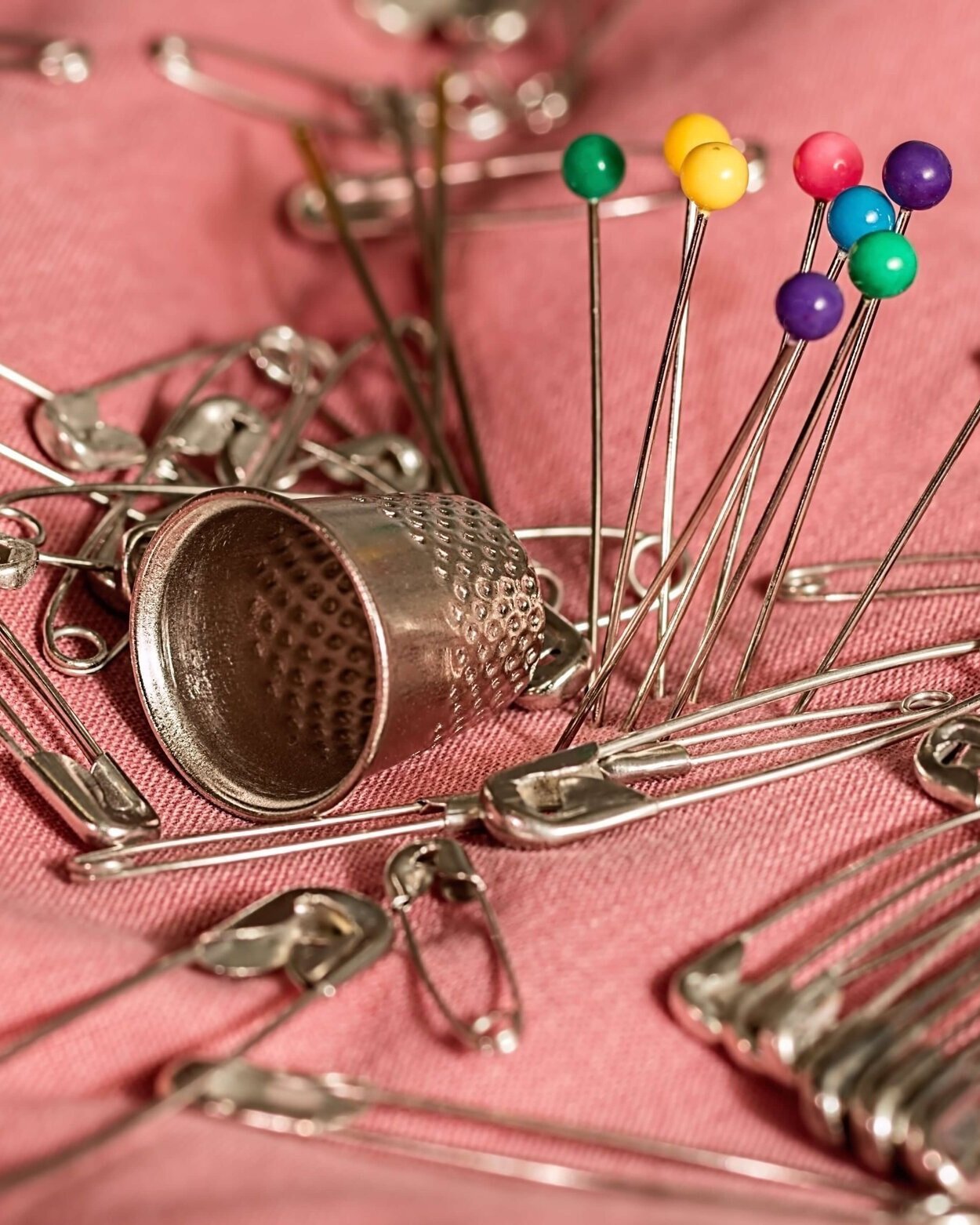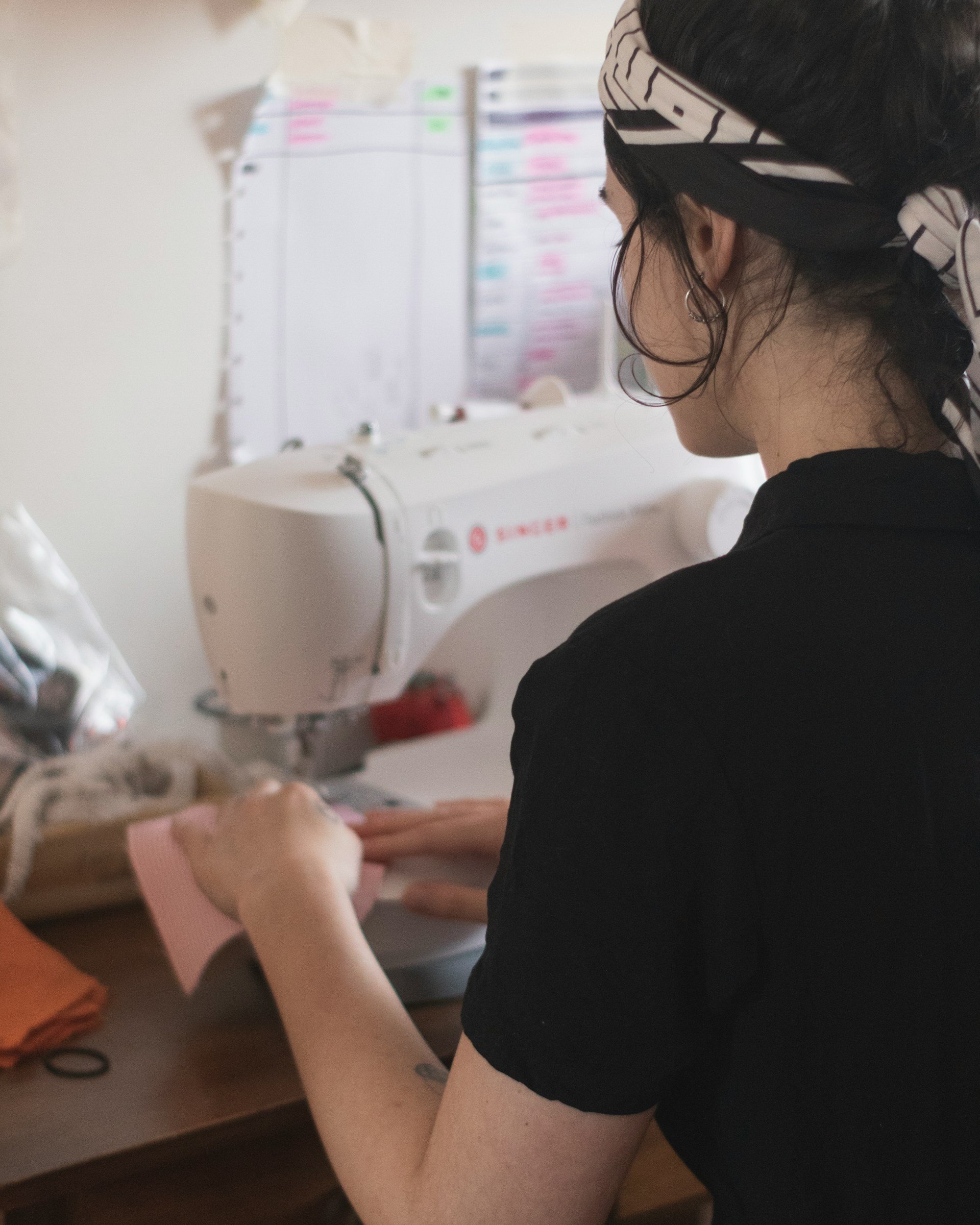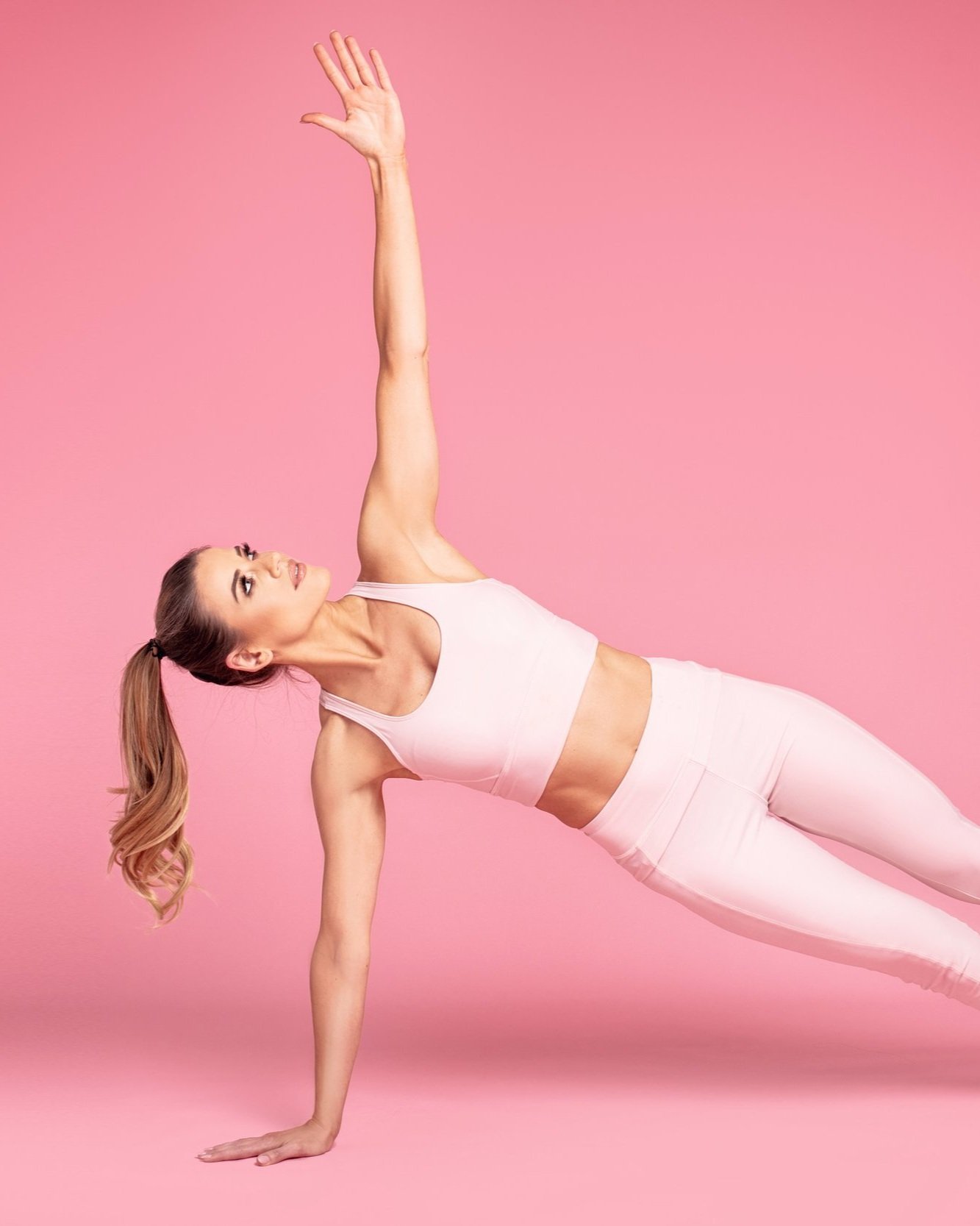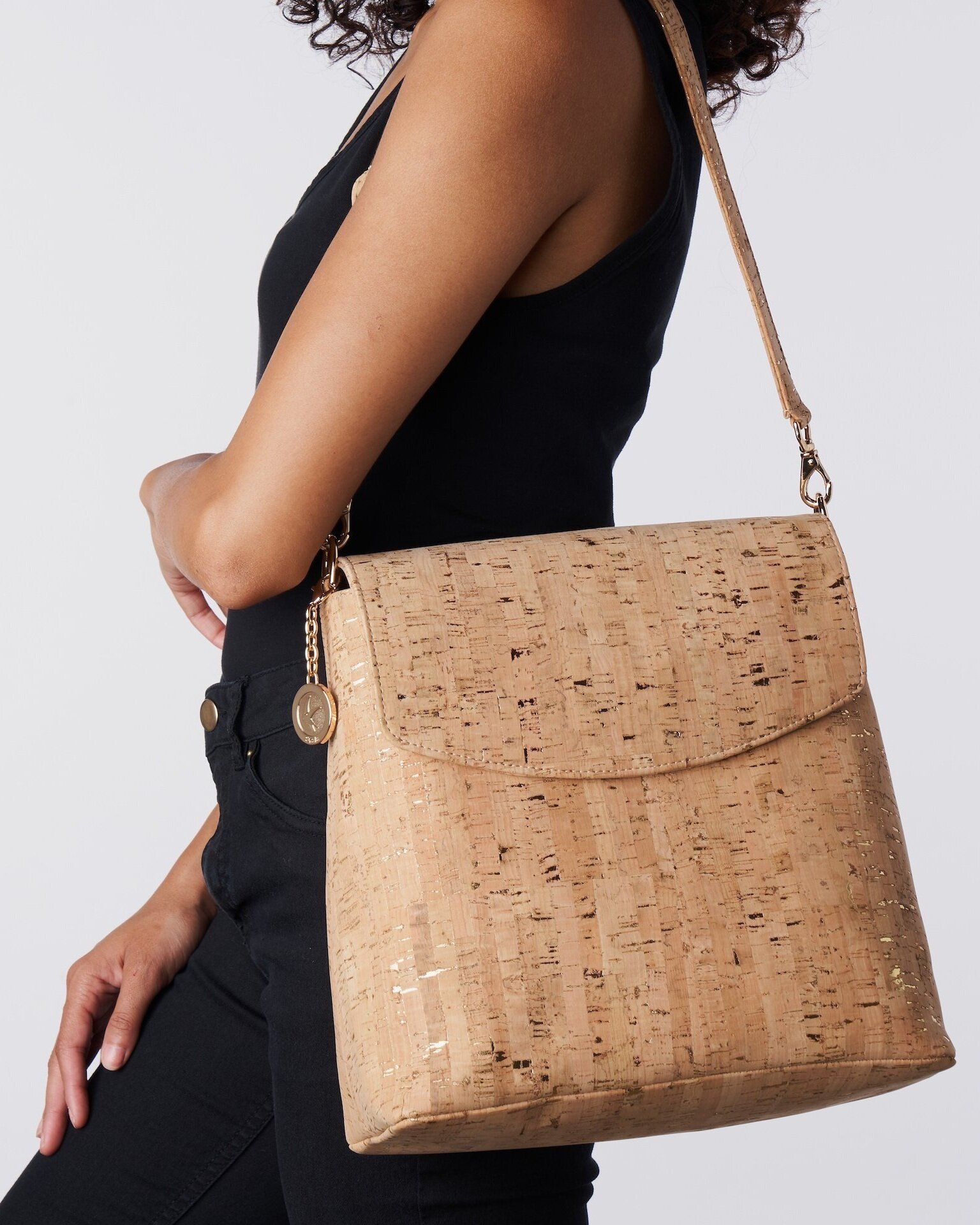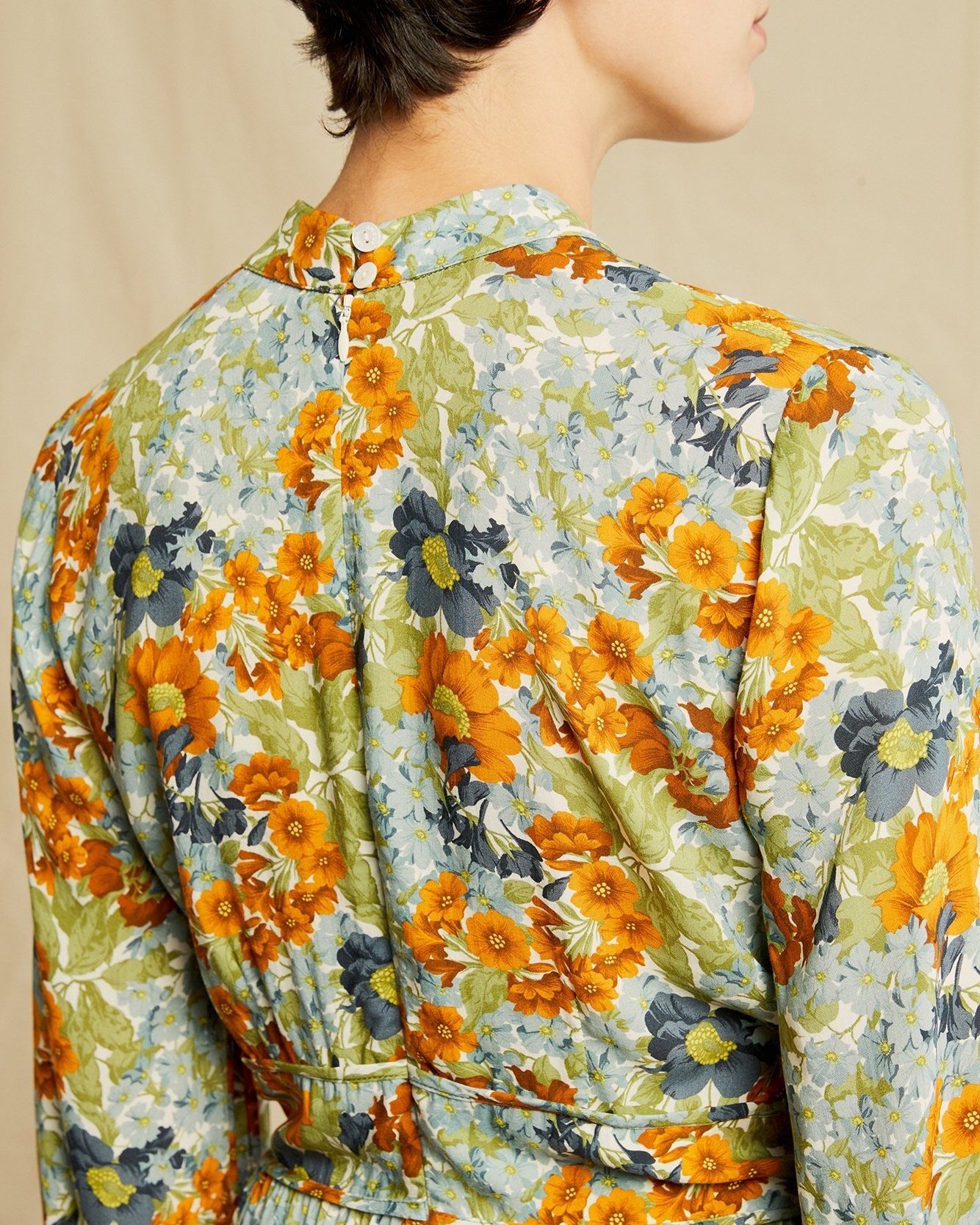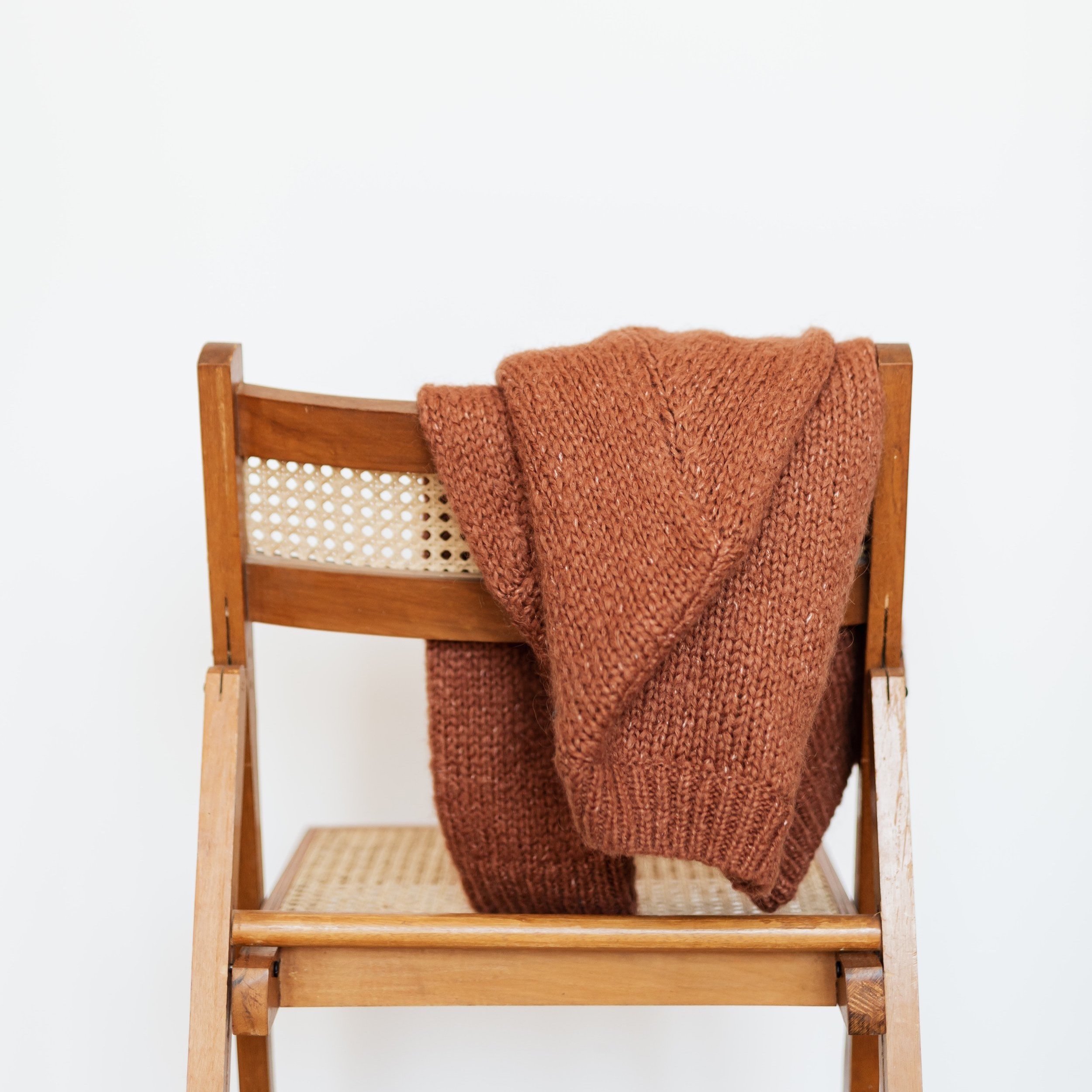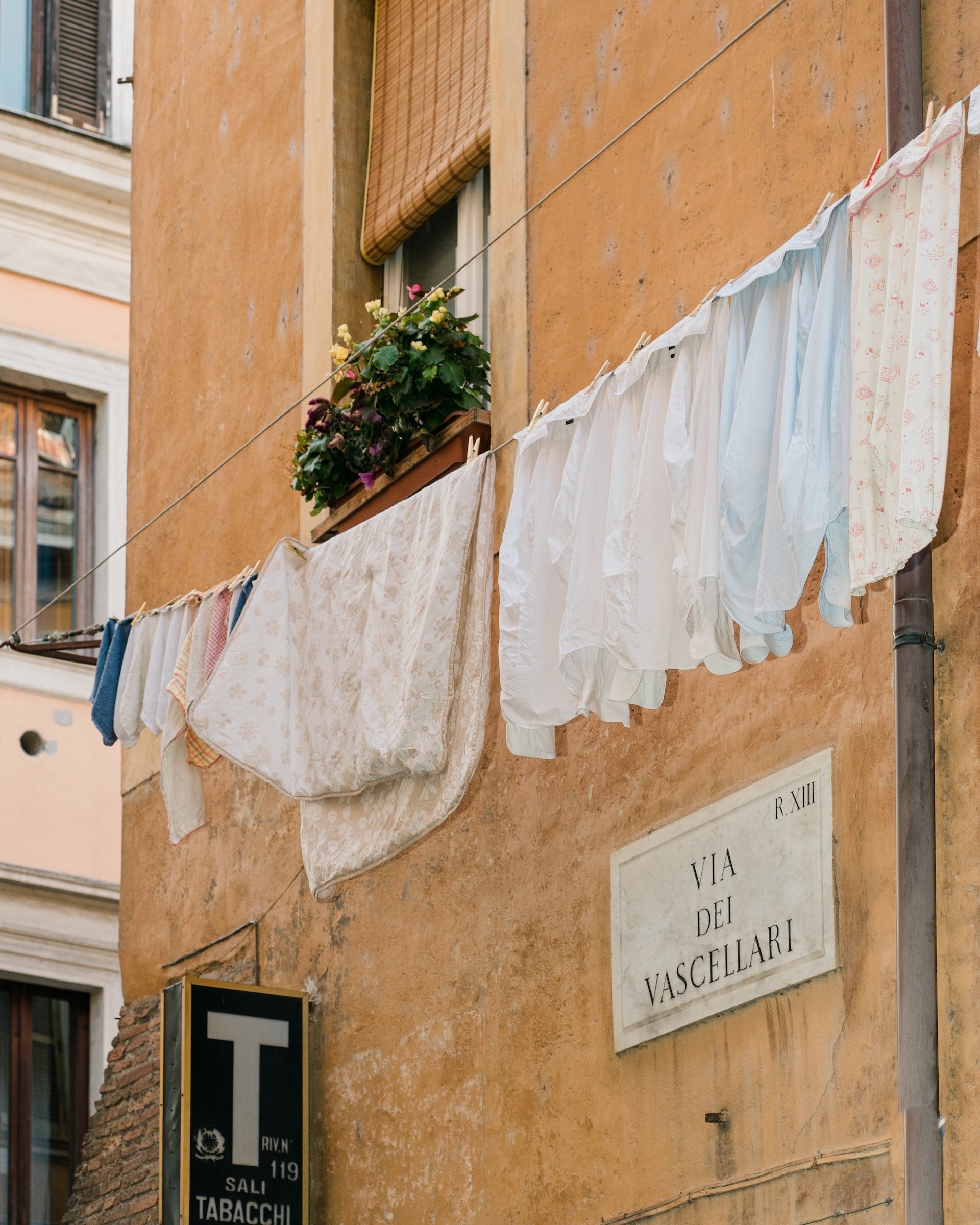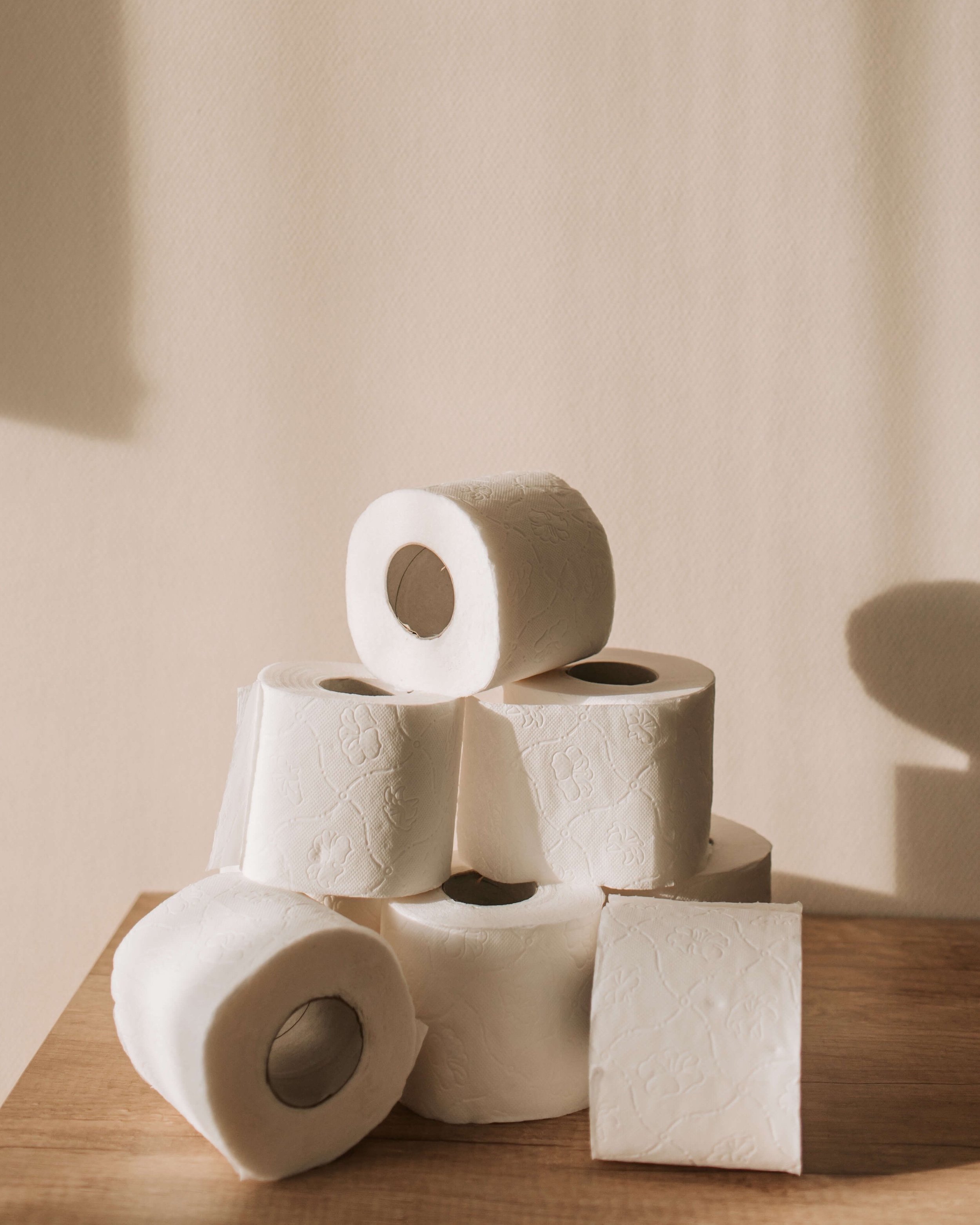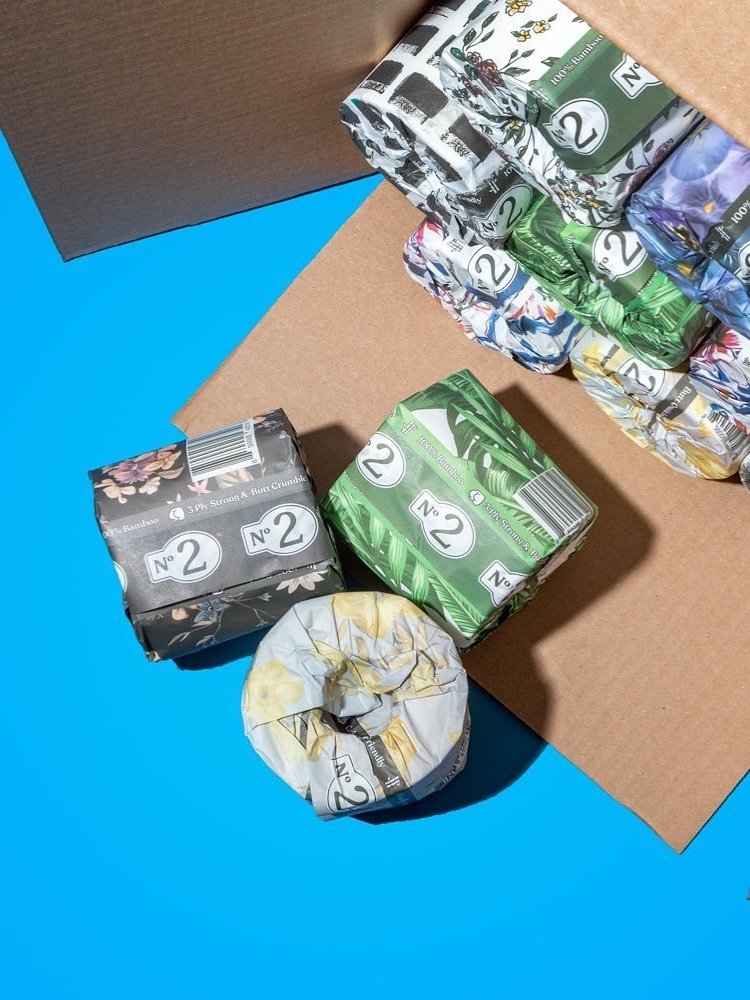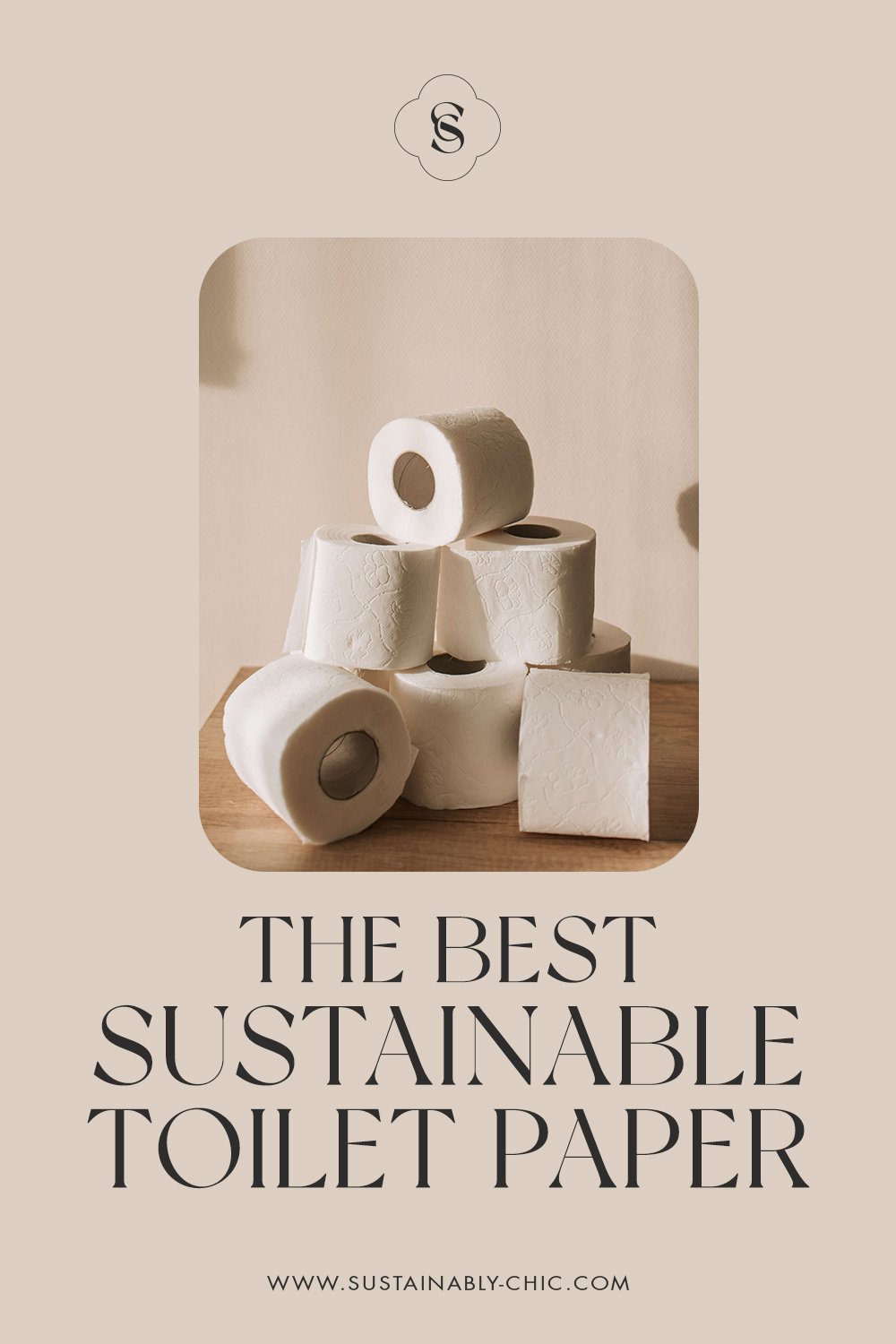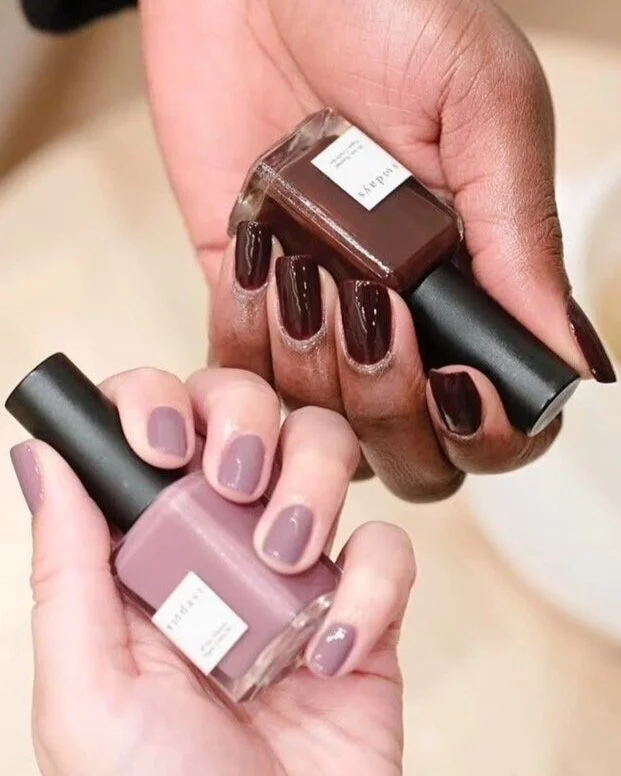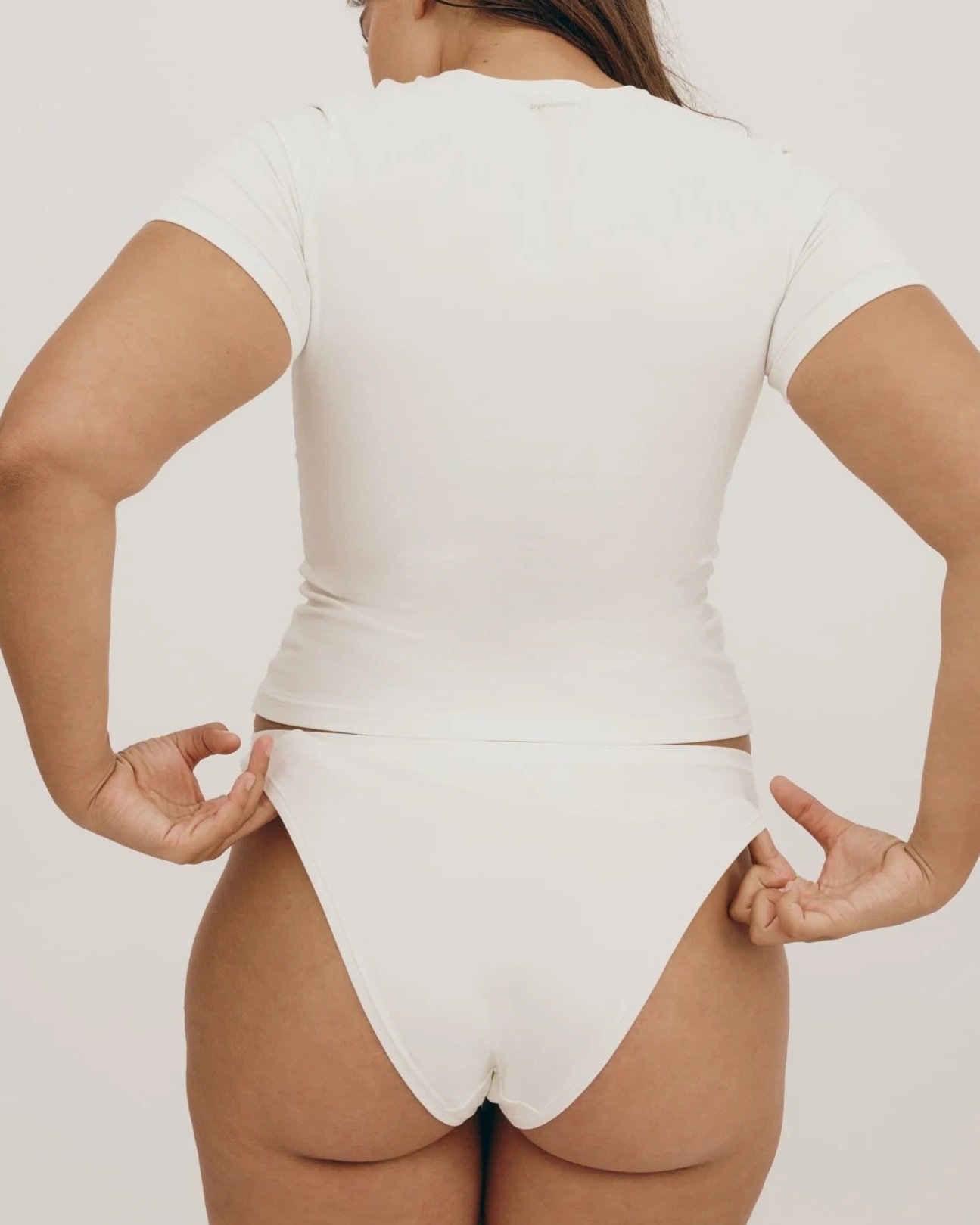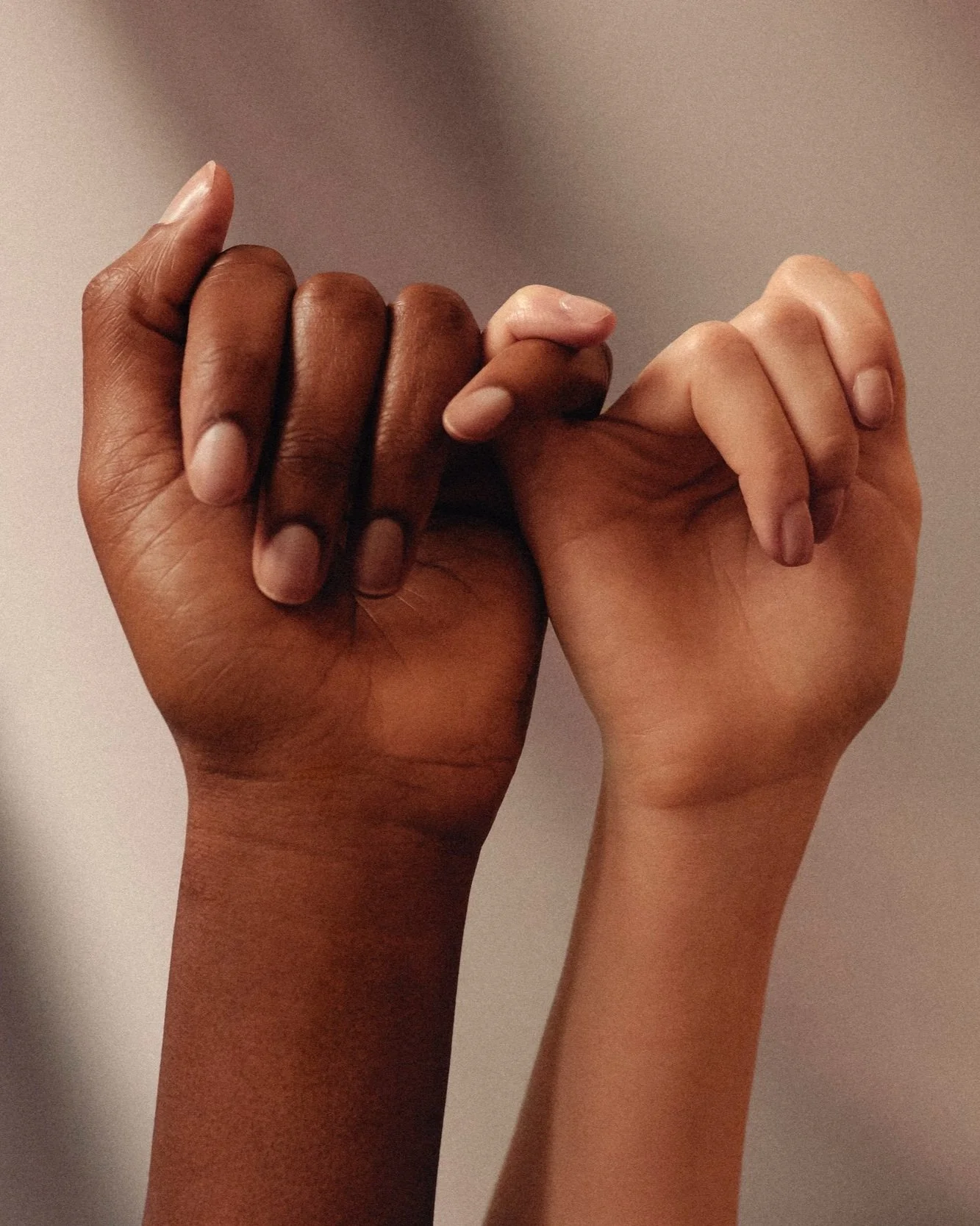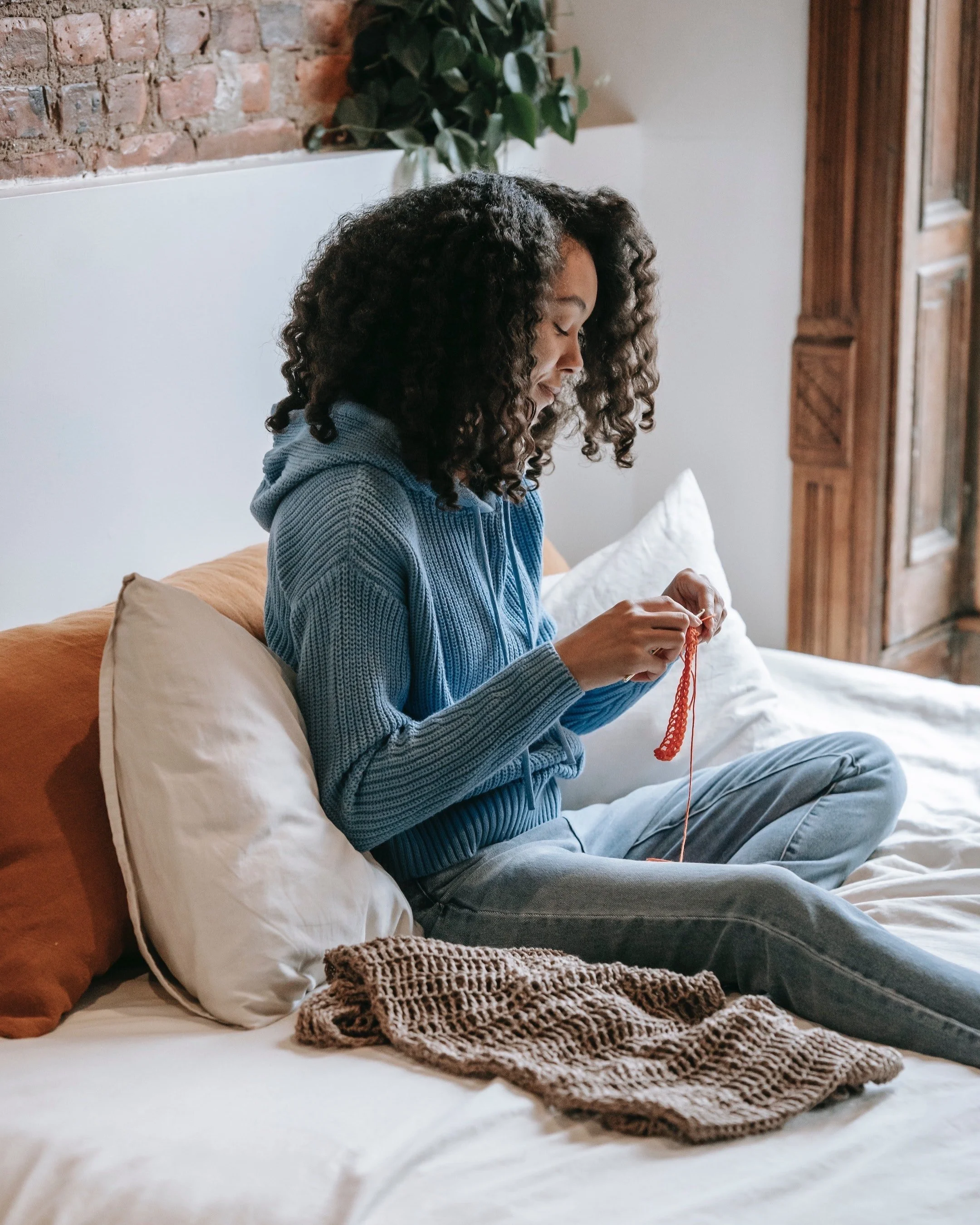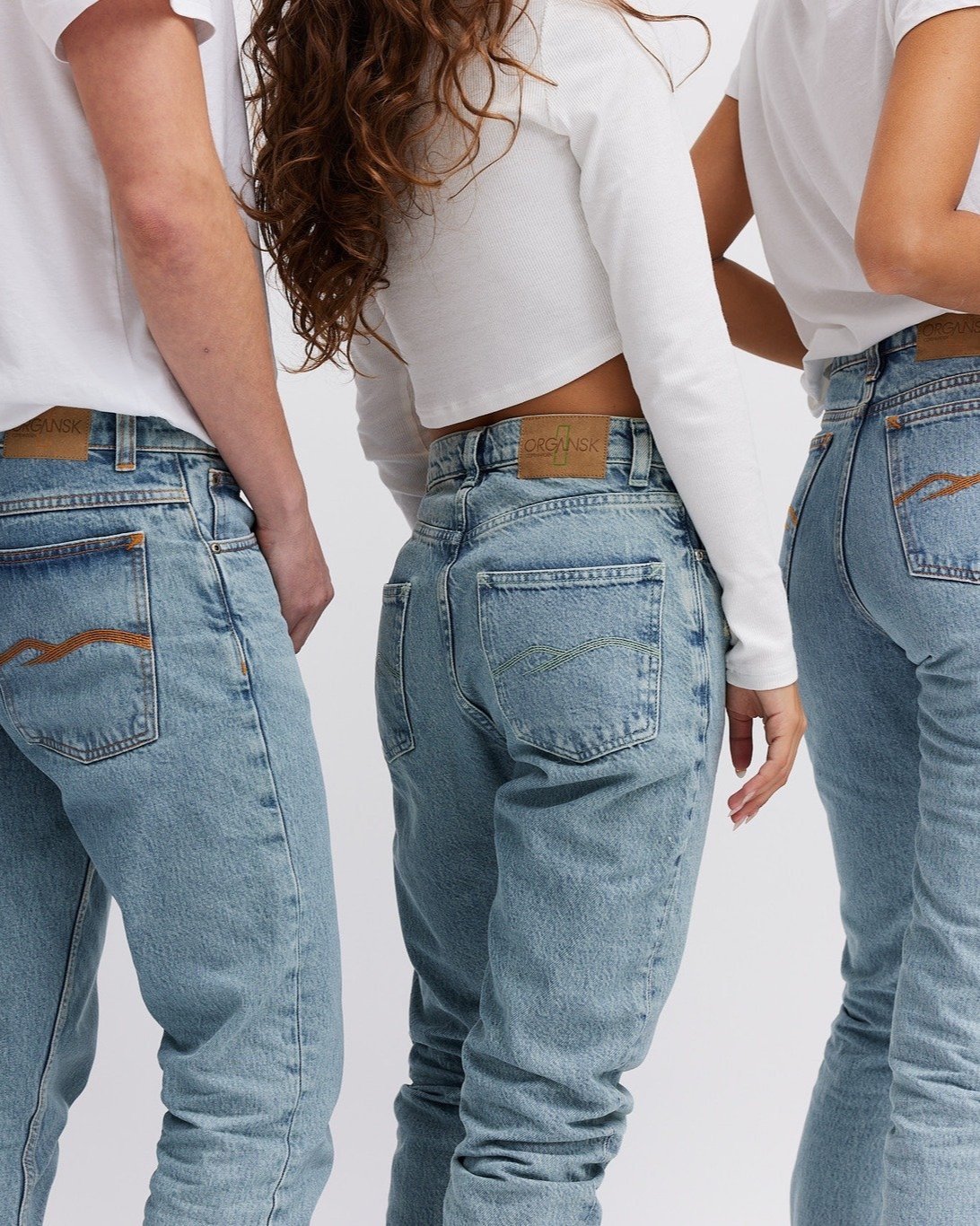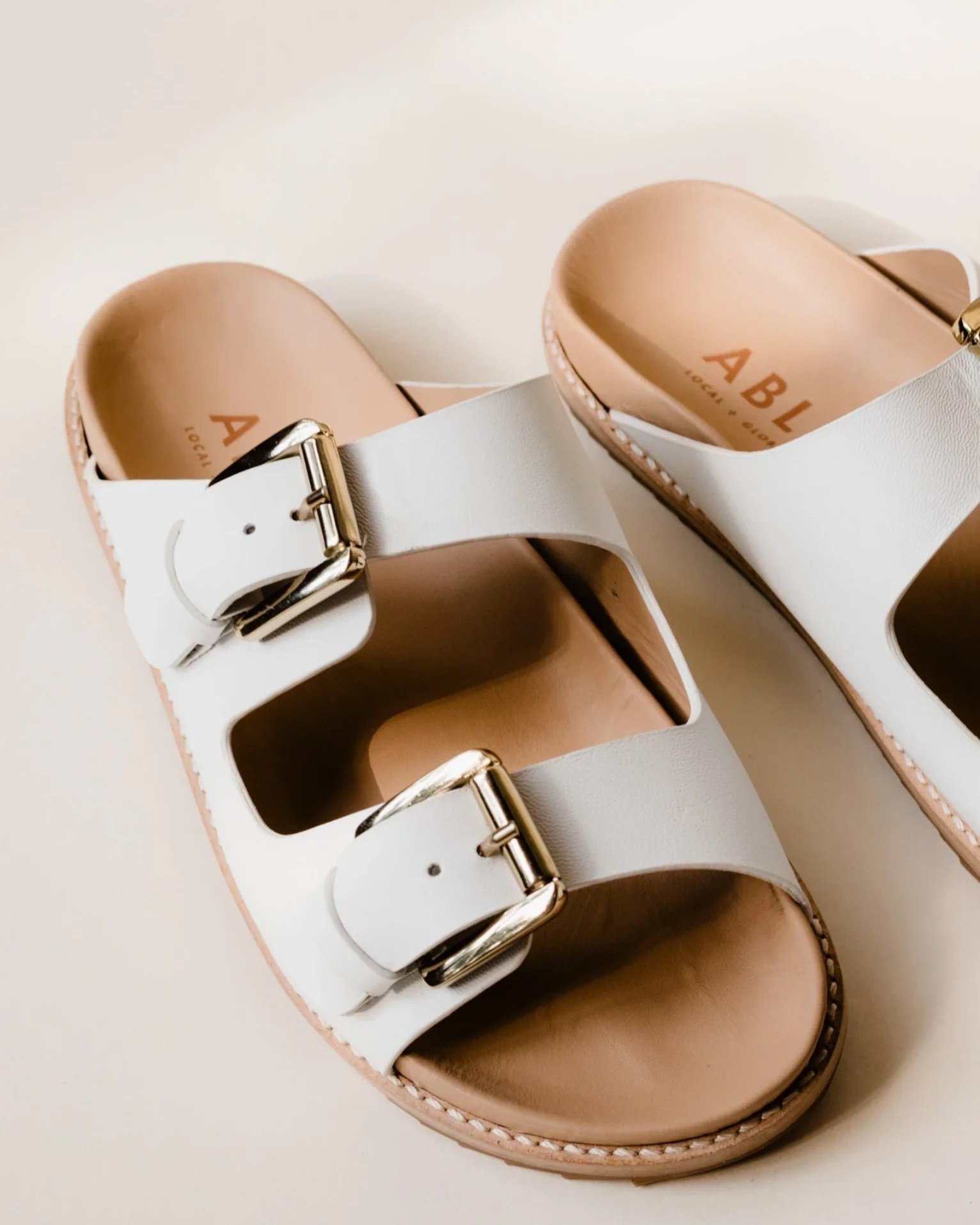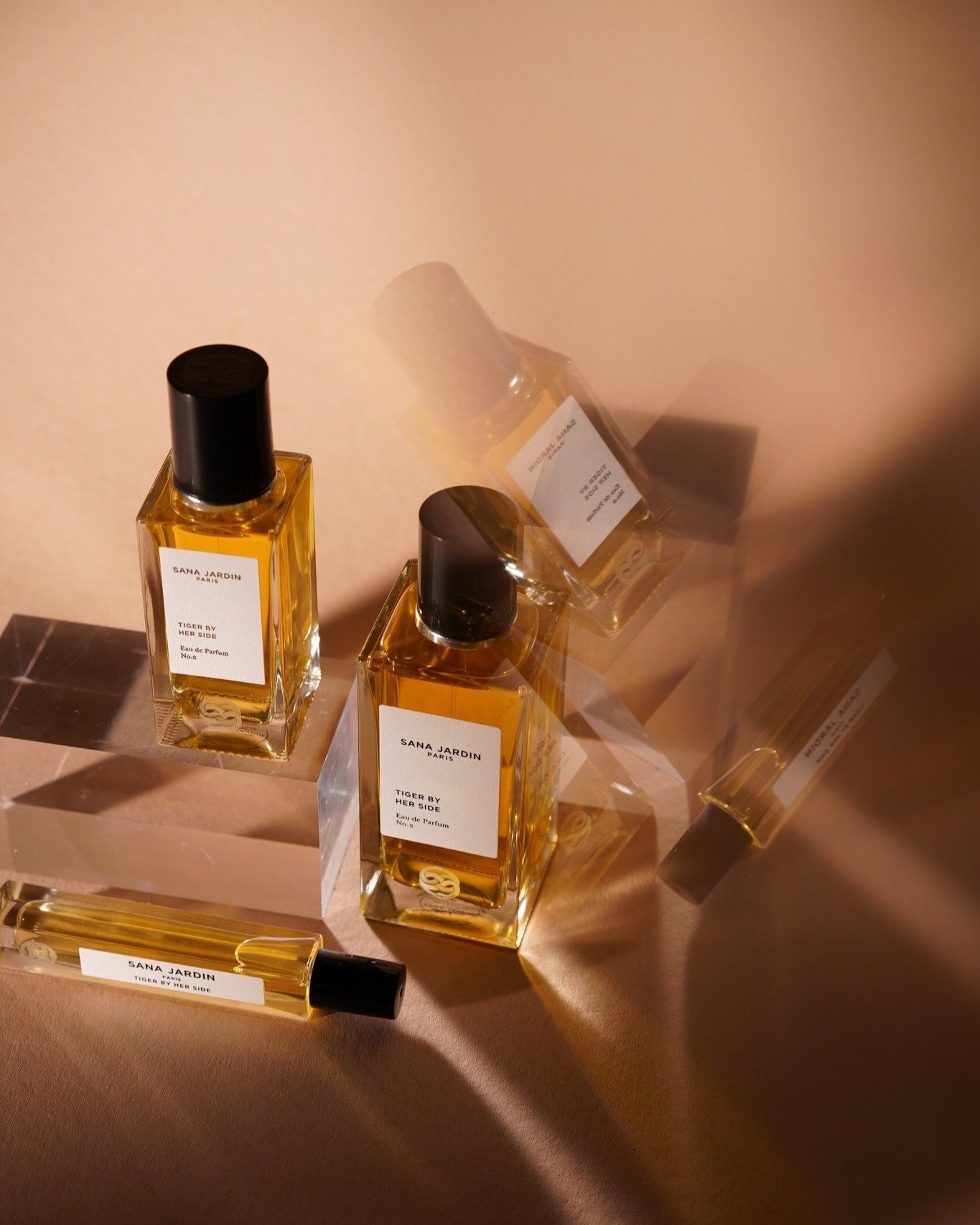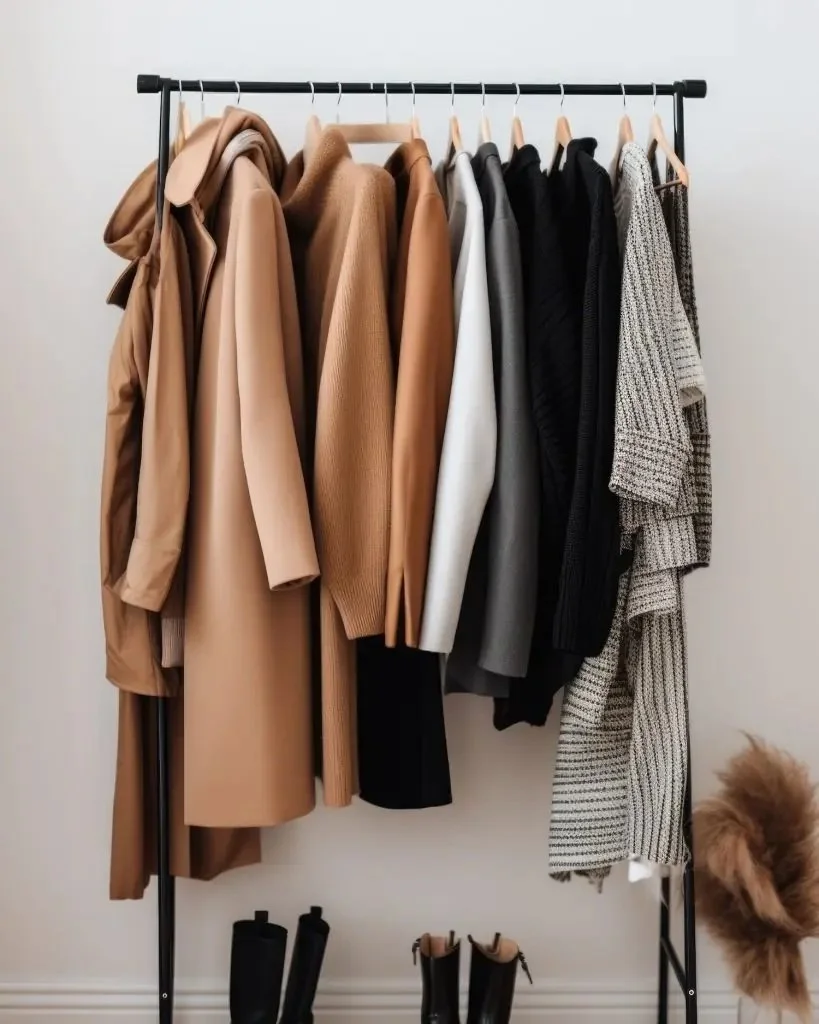Image: Obakki
Disclosure: Some of the links below are affiliated; we may earn a small commission if you click through and make a purchase. We only ever add brands & products we truly believe in. Thank you for supporting the brands who are making the world a better place!
9 Brands making Eco-Friendly & Sustainable Baskets
Storage is something we always need in our homes whether it is a place to put your kid’s toys, bills, collectables, books, blankets or more. When buying household storage many people think of Target, Amazon, Ikea or another big-name brand first. What you might not realize is you can get beautiful, practical storage from many sustainable fair-trade businesses that support women artisans and local economies. Let us introduce you to some great brands for baskets that will beautify your home while doing good.
What Types of Materials and Certifications To Look For
Baskets can be made from just about anything from plastic to fabric to grasses. Look for materials such as those that are sourced locally where the baskets are made, are organic, naturally sustainable like bamboo, use no to few pesticides, are biodegradable, use natural dyes, or are recycled. Palm leaves, banana leaves, and local grasses like sisal are really common in baskets. If they are sourced locally, handmade, and grown without heavy pesticide use these materials are a highly sustainable option. Definitely avoid plastic that is not recycled, mass produced palm baskets, and non-organic cotton.
Transparency of the production process and treatment of the artisans making your home storage is a very important factor to consider when shopping for baskets. Many baskets might look like they are authentically made by artisans from other countries, when in fact they are produced using cheap labor in not so great working conditions. Fair Trade certifications help ensure the beauty in what you are buying is also creating a beautiful life for someone else. A brand sharing specifics about their artisans, production processes and labor practices is also a good sign of humane treatment. All of the brands featured here carry at least some Fair Trade made baskets.
Now, our top picks for sustainable baskets:
1) Obakki
Types of baskets: A couple dozen storage and decorative baskets that are versatile enough to use for anything from laundry to planters
Common Materials: Sisal, palm leaves, wicker, banana leaves, and natural dyes
Obakki’s baskets make me think of versatility – style and colors that would complement nearly every home.
I would love one of their bowls on my kitchen table filled with fruit.
Obakki’s model is different as they purchase products directly from their artisan partners at above market prices and reinvest profits into their partner’s businesses and communities through their foundation. Their items are made in small batches using only local materials to reduce waste and the environmental impact of production. They provide information on the artisans for each product, ensuring transparency.
2) Ten Thousand Villages
Types of baskets: Over 50 choices in everything from storage, to décor, to bowls, to hamper baskets, to kids storage, to bread baskets, and even a bike basket.
Common Materials: Recycled cotton, palm leaves, wire and thread, grass, banana stalks, and natural dyes
Ten Thousand Villages has an abundance of basket selections with a variety of price points to suit nearly every home. No matter your need, you should be able to find a basket or two (or more) you love on their site.
Ten Thousand Villages is a pioneer of Fair Trade, and of the maker‑to‑market movement that breaks the cycle of generational poverty. They have the most transparent and educational information on fair trade practices I have seen. They focus on the use of locally sourced, recycled and renewable materials in their products. Most baskets are handmade, which reduces waste. They even hold workshops on how to creatively re-use products and minimize waste in the supply chain.
3) Made Trade
Types of baskets: Around 50 baskets for everything from storage, laundry, round bowls, décor, hampers, planters, and even a bassinet.
Materials: Seagrass, jute, locally sourced, handmade, recycled cotton, recycled thread, grass, recycled plastic, and food safe dyes
Made Trade has classic neutral baskets, as well as some unique patterns and colors sure to be showcase pieces in any home. Made Trade is a woman owned, family run company right here in my area – Portland Oregon.
Shopping is easy as they have options to shop by Fair Trade, sustainability, women owned, POC owned, Made in USA and more. Made Trade’s products are sourced locally, and they provide transparent information about each brand and how their artisans are treated. Nice bonus, Made Trade is certified climate neutral due to carbon emission offsets and conservation projects to which they contribute.
use code SUSTAINABLYCHIC for $20 off your first order of $150+
4) The Citizenry
Types of baskets: Over a dozen baskets of various sizes for storage, décor and laundry
Materials: Hand woven palm leaves, chocolatillo, paja tetera, and leather handles
The Citizenry has some of the most elegant baskets I have seen, elevating them beyond function to statement decor. I would call the style luxurious boho.
The baskets come individually or in sets, making it easy to mix and match. All the baskets have handles and some come with lids.
Their baskets are almost all handwoven and Fair Trade certified, with artisan information provided for each product. The baskets are made in small batches, reducing the chance of waste. The Citizenry travel to each country where their products are produced and build relationships with their artisans – how cool is that.
5) Shades of Green
Types of baskets: Storage, waste baskets, and laundry hampers
Common Materials: Biodegradable palm fiber, grass, and natural dyes
Shades of Green’s baskets are beautiful and classic styles that will compliment nearly every home. I love the two-tone style of their baskets in particular. Shades of Green not only specializes in high quality products for homes and workplaces, they also offer design consultation services.
All of their products are put through a 5-tier evaluation scale ensuring you know the quality and sustainability of your selections. Shopping is easy too, as you can shop by material, price range and color. I appreciate that Shades of Green is transparent about their production processes and treatment of the artisans they partner with.
6) Goodee World
Types of baskets: Around 30 baskets for storage, laundry, decoration, and bikes.
Common Materials: Grass, leather handles, straw, palm fibers
Goodee World has some of the most unique baskets I have found, amongst the already uniqueness you find in the fair trade market. Their unstructured type baskets from the Baba Tree brand are one of my favorites. They also have many classic style baskets that would fit most homes.
Goodee is a BIPOC owned company and B Corp certified, meeting the highest standards of benefiting people and the planet. They require all of their brand partners to report on the materials used, supply chain, labor standards, ecological footprint and business practices ensuring transparency and alignment to their values.
7) Serrv International
Types of baskets: Over 50 baskets including a large selection of decorative baskets, storage, planters and even a vase.
Common materials: Banana fibers, rafia, elephant grass, rope, leaves, jute, and leather wrapped handles
Serrv’s baskets are really colorful and designed to authentically reflect the culture of their artisan partners, which makes them even more eye-catching. They will be statement pieces in your house.
Serrv is one of the first fair trade organizations in the world. They have worked with over 8,000 artisans from around the world to ensure fair trade practices for their products since 1949. When shopping for products on their site they share stories and pictures about the artisans that make the products. Serrv ensures their artisans have regular orders and advanced payment so their uses of resources are reliable and little is wasted. Finally, they clearly outline the causes each purchase supports.
8) Indego Africa
Types of baskets: Approximately a dozen storage and tote baskets
Common Materials: Sweetgrass, palm leaf, bolga straw, elephant swamp grass, banana leaf, organic yarn, and dyes from flowers, fruit and vegetable material.
If you are looking for adorable baskets with handles to easily tote around, Indego Africa is the place for you.
They are neutral colors with cute details like shells and colored handles.
Indego Africa partners with women artisans from Rwanda and Ghana to create locally sourced handmade baskets that keep true to the history and beautiful craftsmanship of traditional African artistry. They further support their artisans by investing profits into their education. Indego Africa also focuses on sustainability through using recycled and upcycled materials, repurposed fabric scraps, and other salvaged textiles. Finally, I love that Indego Africa has a very diverse executive team.
9) Aziz Life
Types of baskets: Approximately 20 choices for storage, planters, dividers, serving trays, and a tote
Common Materials: Banana leaves, sisal, papyrus, natural dyes, and woven tassels
Aziz Life’s divider baskets and storage sets are so versatile because you can mix and match your storage needs.
The base of each basket are neutral colors with some flair in the pattern.
They have cute tassels that you can purchase separately and add to most of the baskets so you can change up the style to suit your mood. Many of the baskets come with a detailed story of who made the basket, how long it takes to make and how it is made. Aziz partners with over 30 rural artisan groups in Rwanda to ensure economic security, traditional designs, humane conditions and even honoring of their spiritual beliefs. They have a handful of impact projects they focus on supporting with their sales and you can read about each one on their site.
About the Contributor: Mindy Redburn-Smoak has enjoyed a 20+ year career in corporate learning as a consultant, designer, and manager. She is passionate about sustainable living, family, travel, and dog rescue. She has been on a mission to live more sustainably for several years, and loves the journey of learning and trying new things in this space. She is on another journey pursuing her dream of writing about things she is passionate about and that can make a difference in the world. The best way to connect with Mindy is via email at mredsmoak@gmail.com.
MAKE SURE TO PIN THE PHOTO BELOW TO SAVE THIS POST FOR LATER!
WANT MORE SUSTAINABLE BRANDS? VISIT OUR BRAND DIRECTORY!
Our Brand Directory is home to hundreds of sustainable brands, from makeup to cleaning supplies, from underwear to shoes. We have broken everything down by category for easy shopping, along with discount codes unique to Sustainably Chic viewers.



